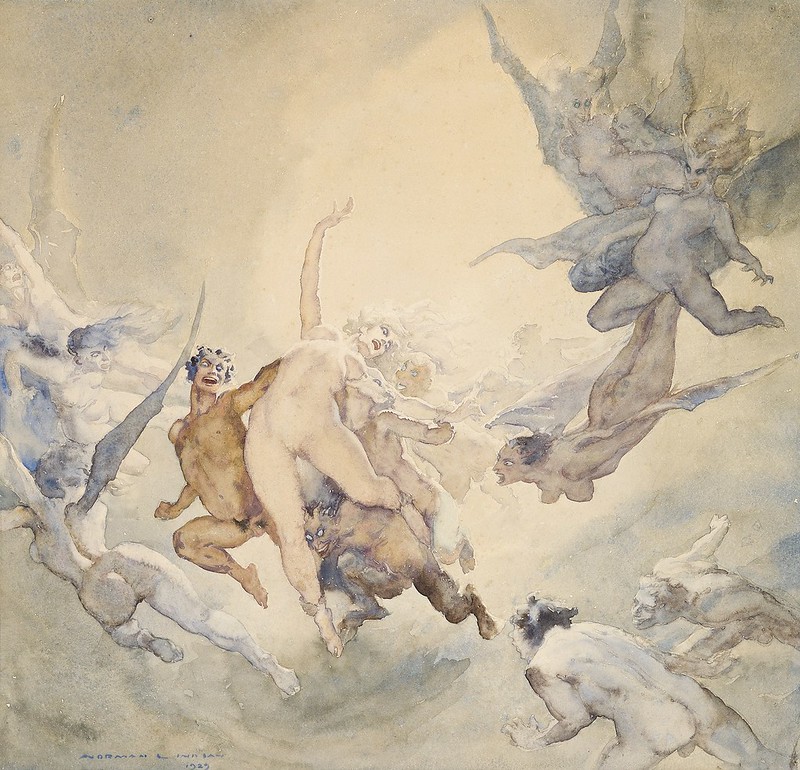 The Dream, 1923
The Dream, 1923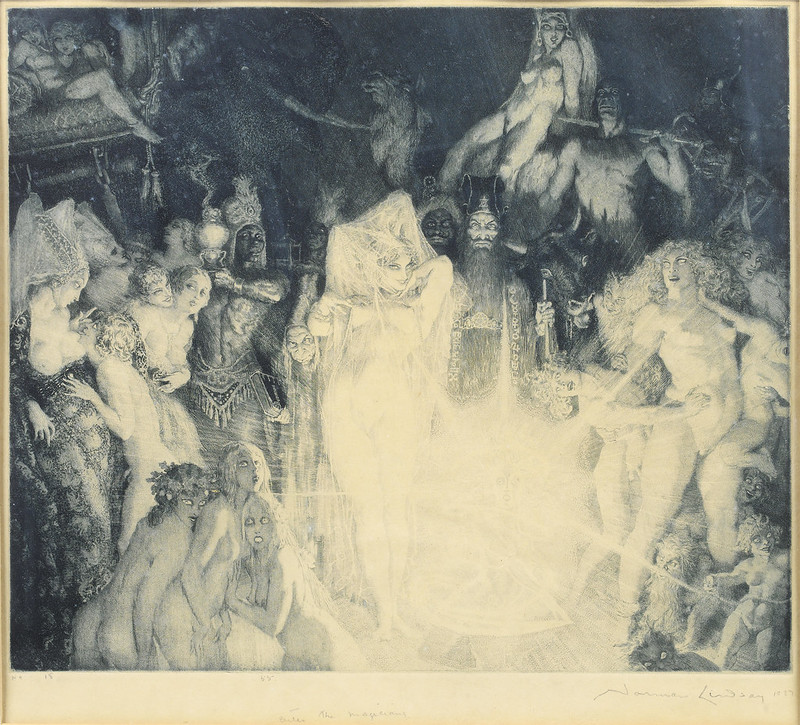 Enter the magicians, 1927
Enter the magicians, 1927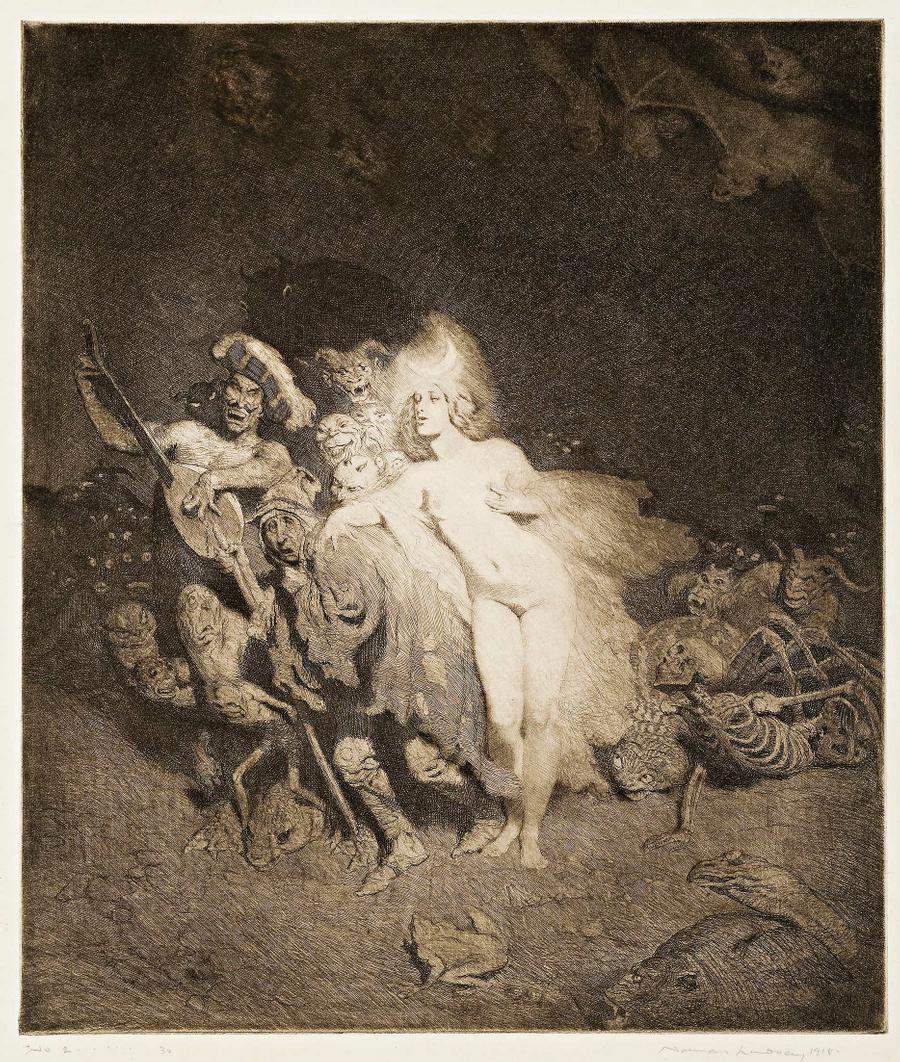 Tom O'Bedlam, 1918
Tom O'Bedlam, 1918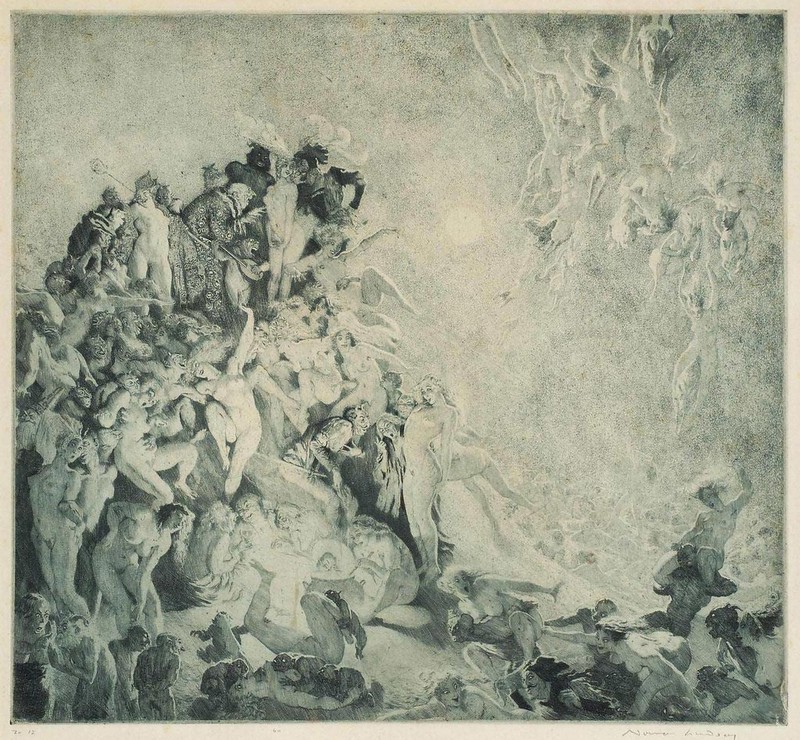 Walpurgis, 1924
Walpurgis, 1924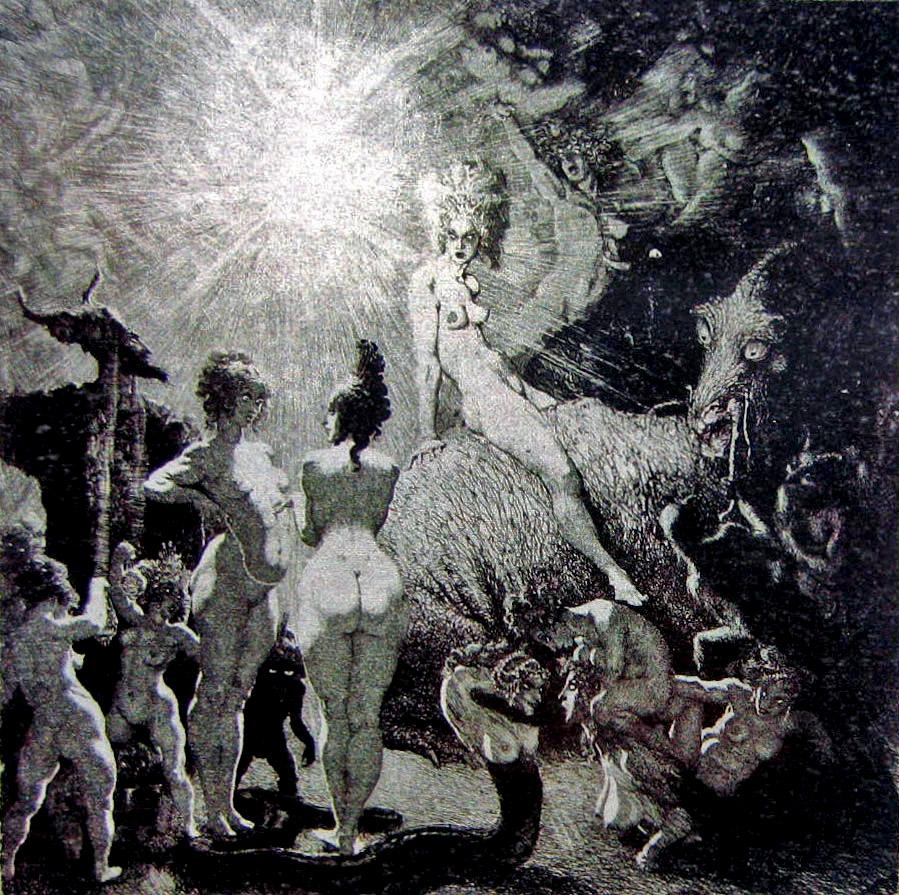 To the Festival, 1934
To the Festival, 1934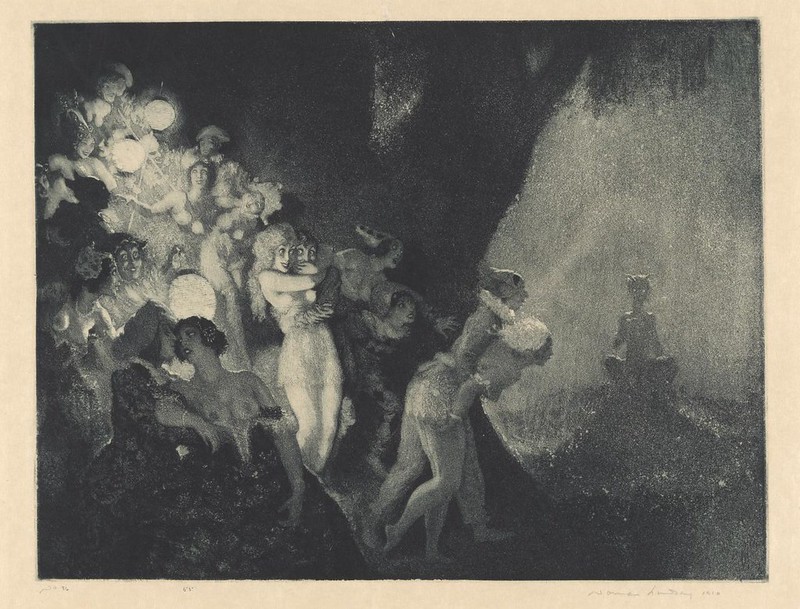 Moonlight's Piper, 1925
Moonlight's Piper, 1925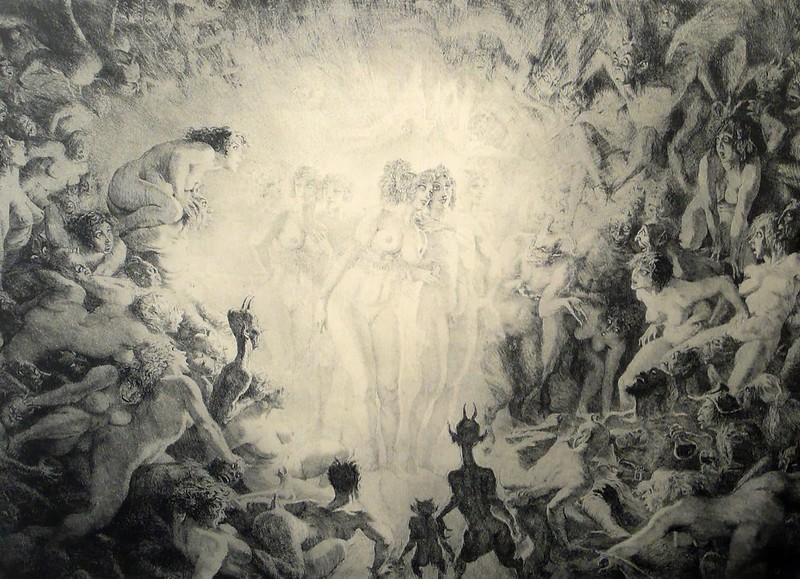 Visitors to Hell
Visitors to Hell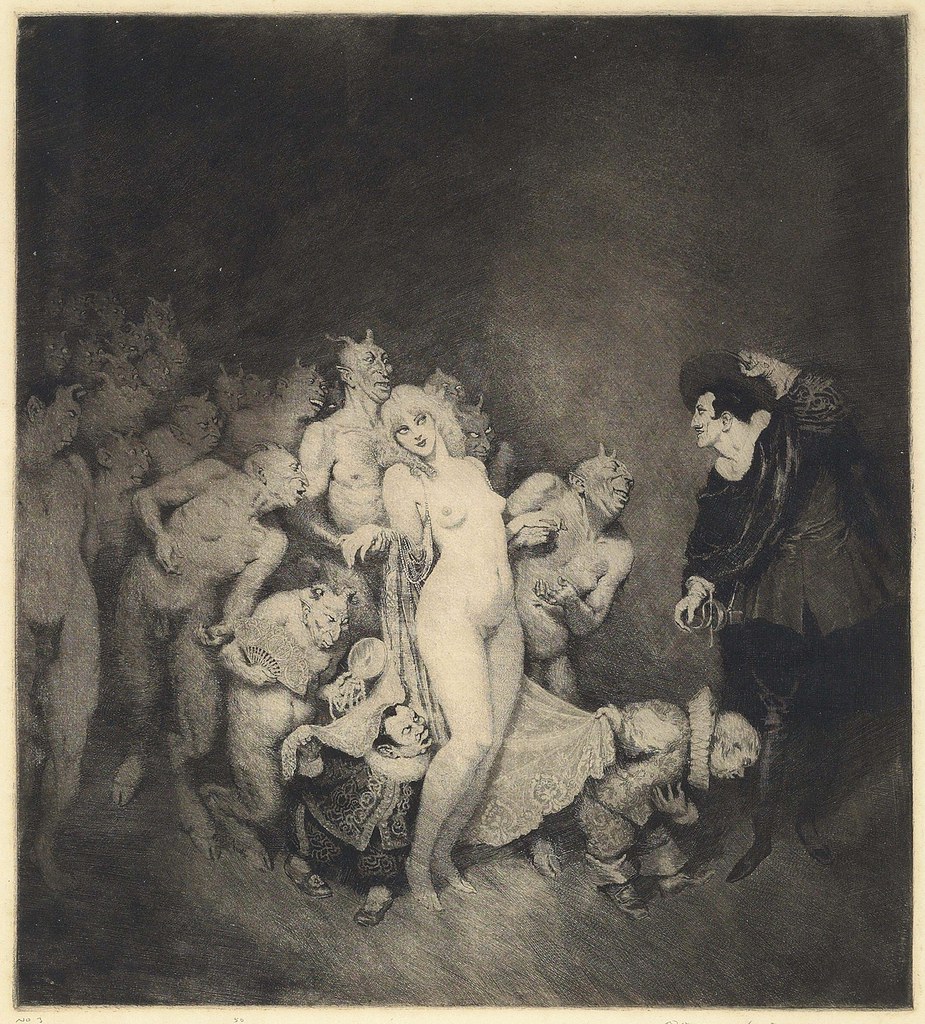 Adventure, 1921
Adventure, 1921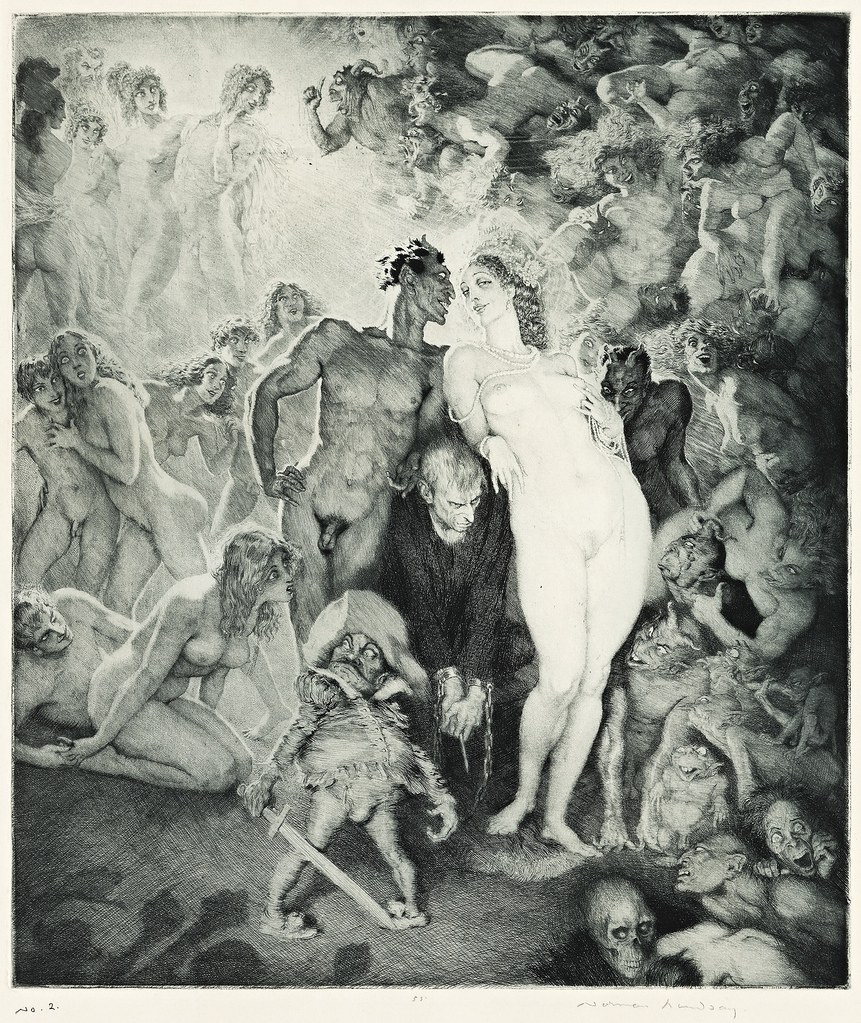 Self-portrait, 1930
Self-portrait, 1930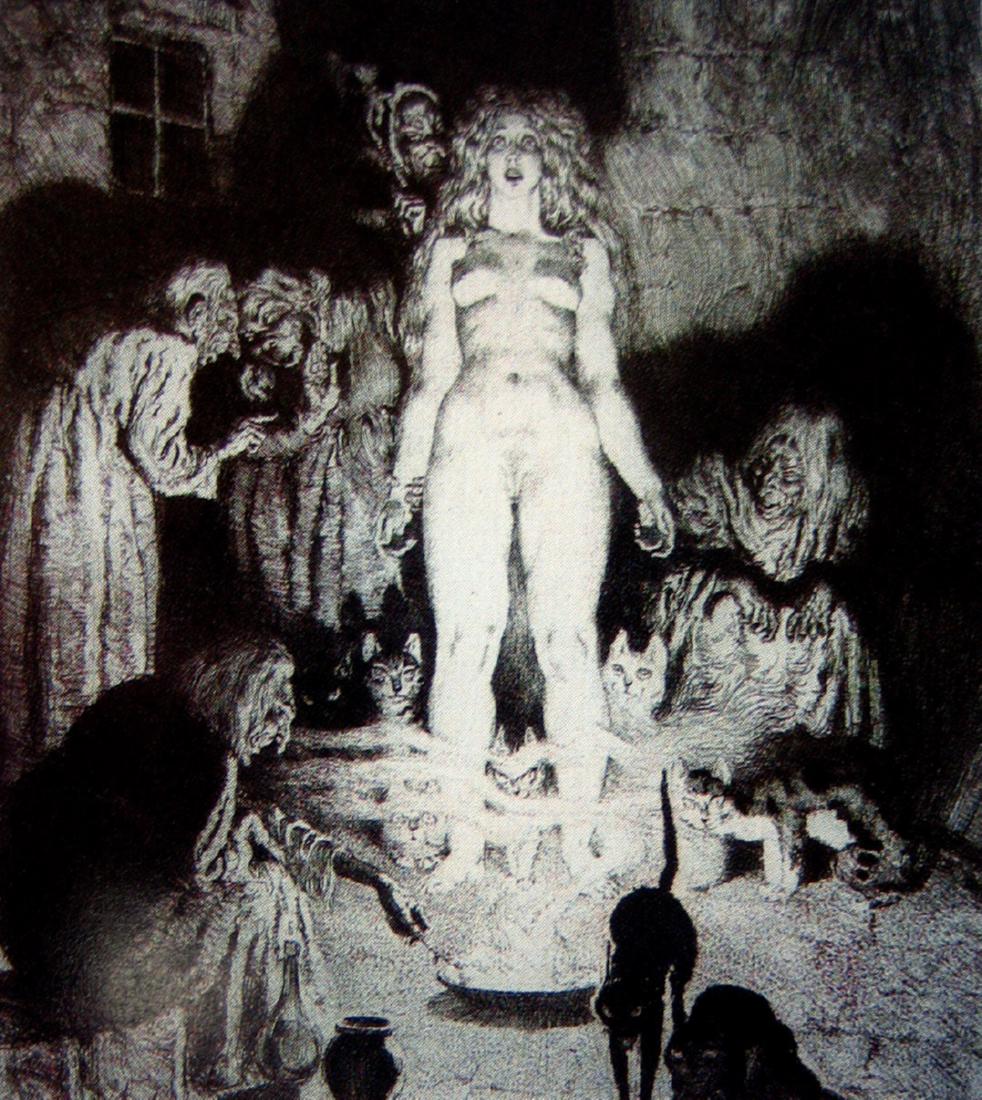 Little Witch, 1937
Little Witch, 1937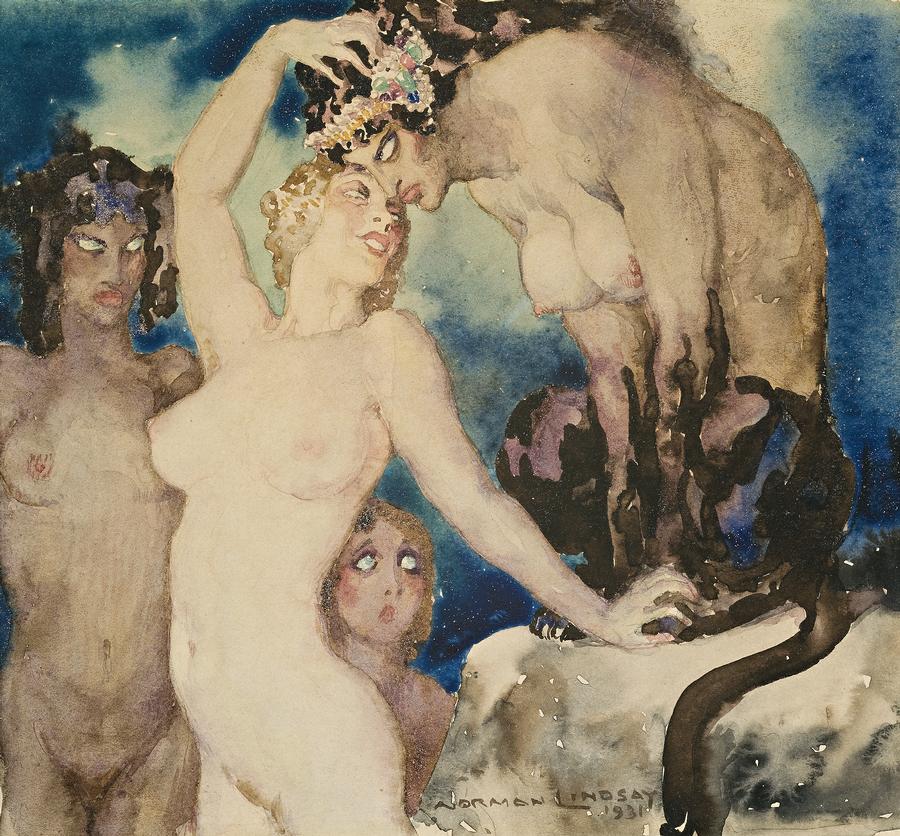 The Sphinx's Secret, 1931
The Sphinx's Secret, 1931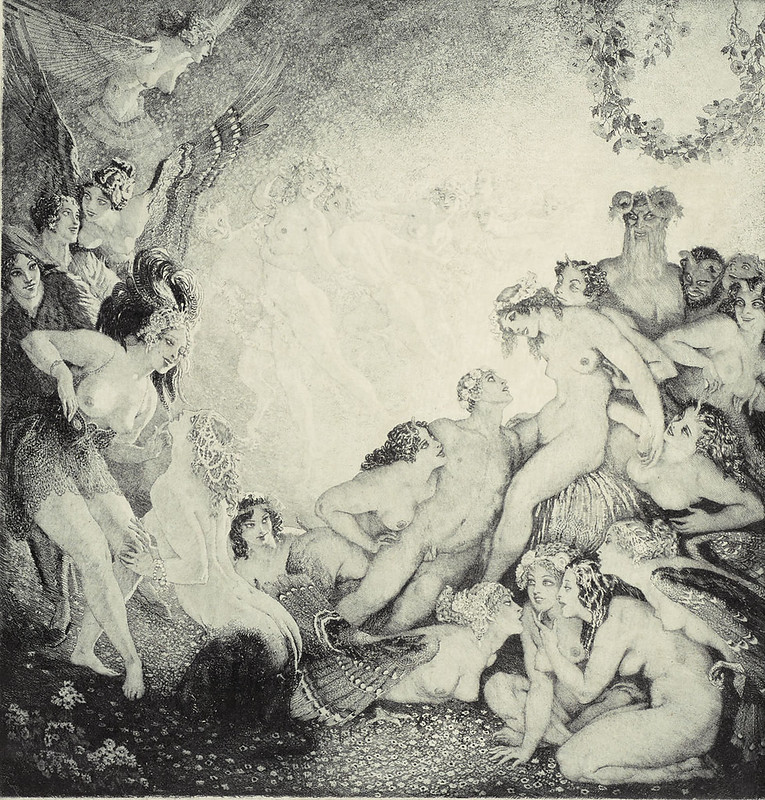 Adolescence, 1923
Adolescence, 1923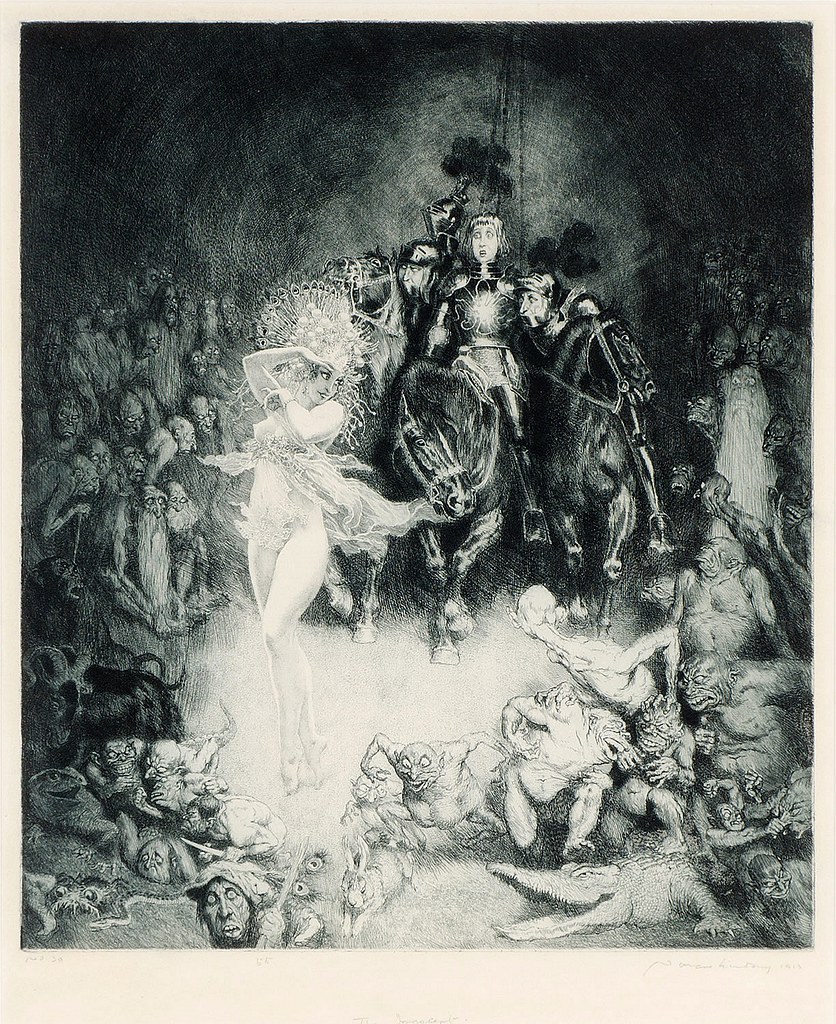 The Innocents, 1925
The Innocents, 1925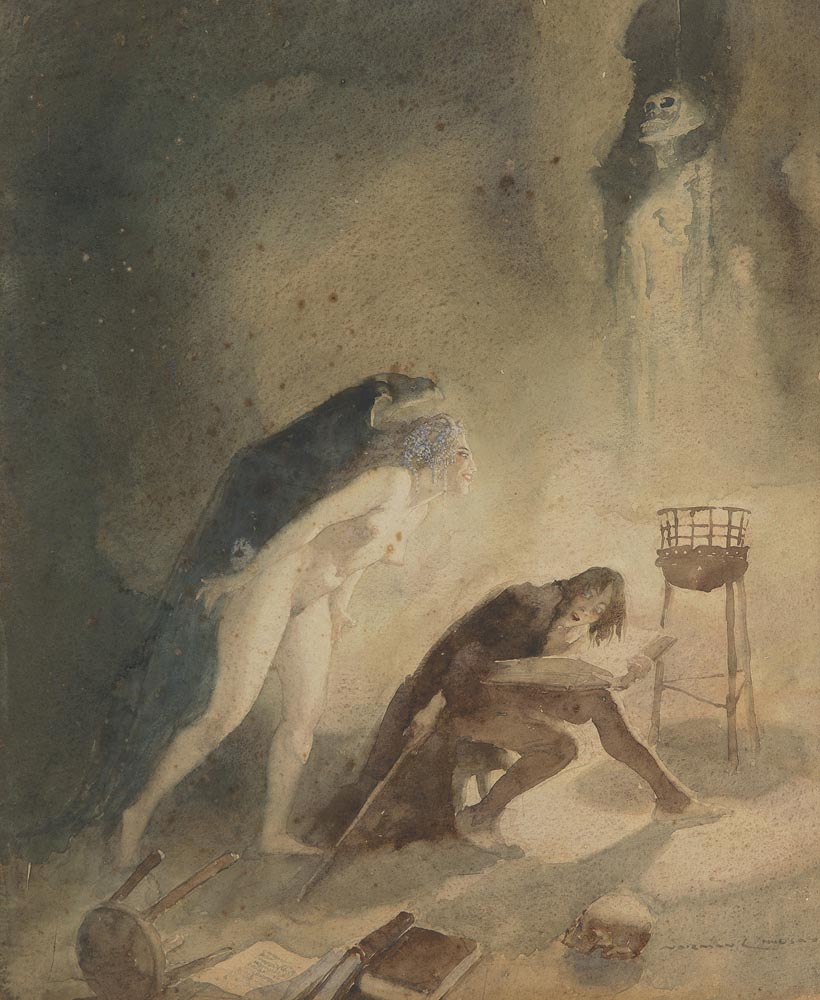 The Pursuit, 1920
The Pursuit, 1920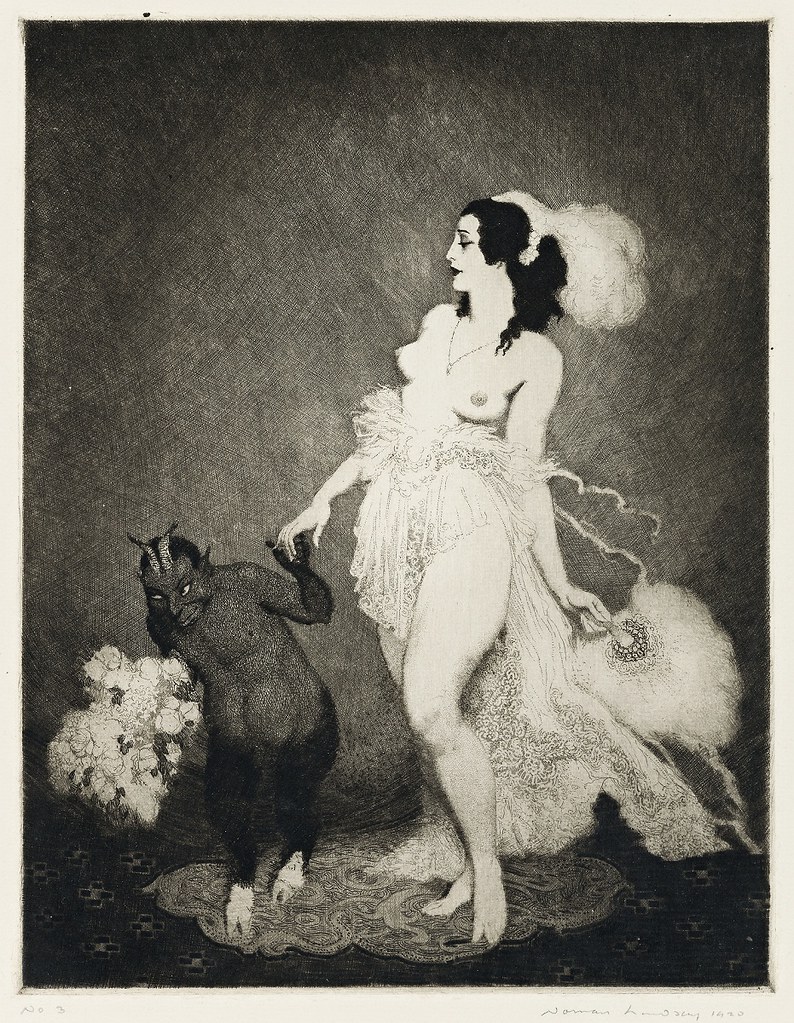 Debut, 1920
Debut, 1920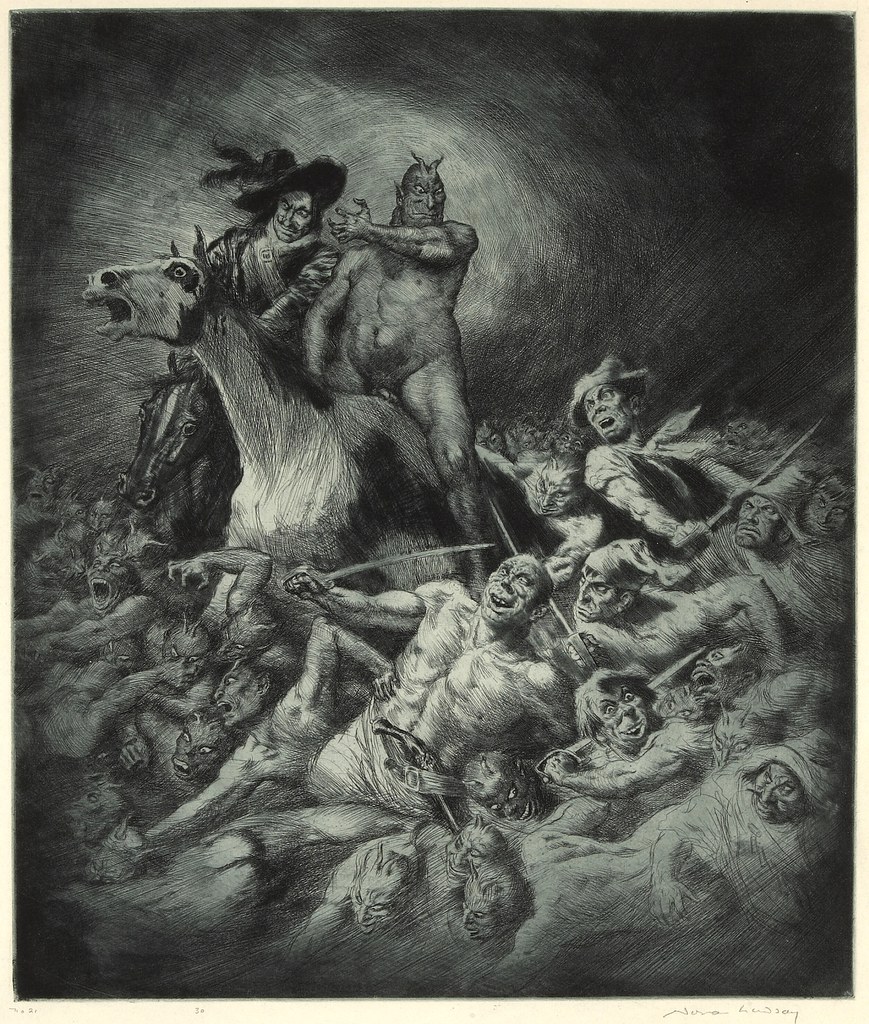 Powers of Earth, 1927
Powers of Earth, 1927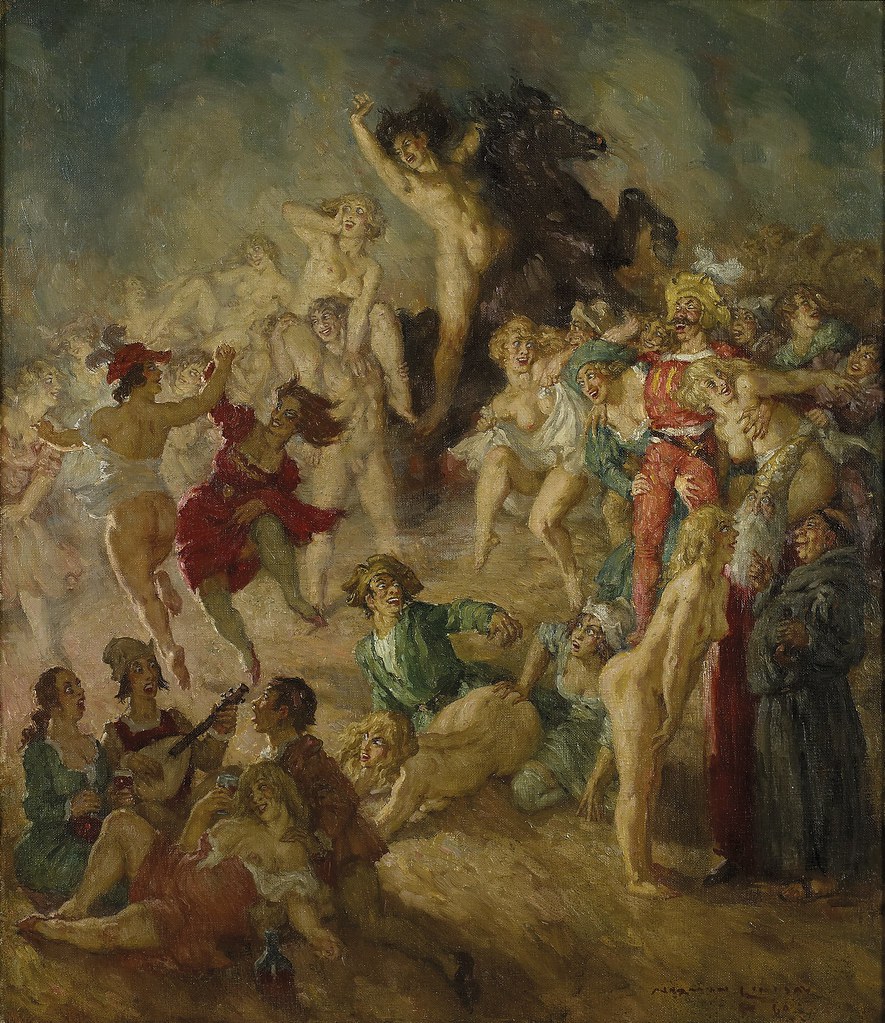 The Sorcerer's Servants, 1960
The Sorcerer's Servants, 1960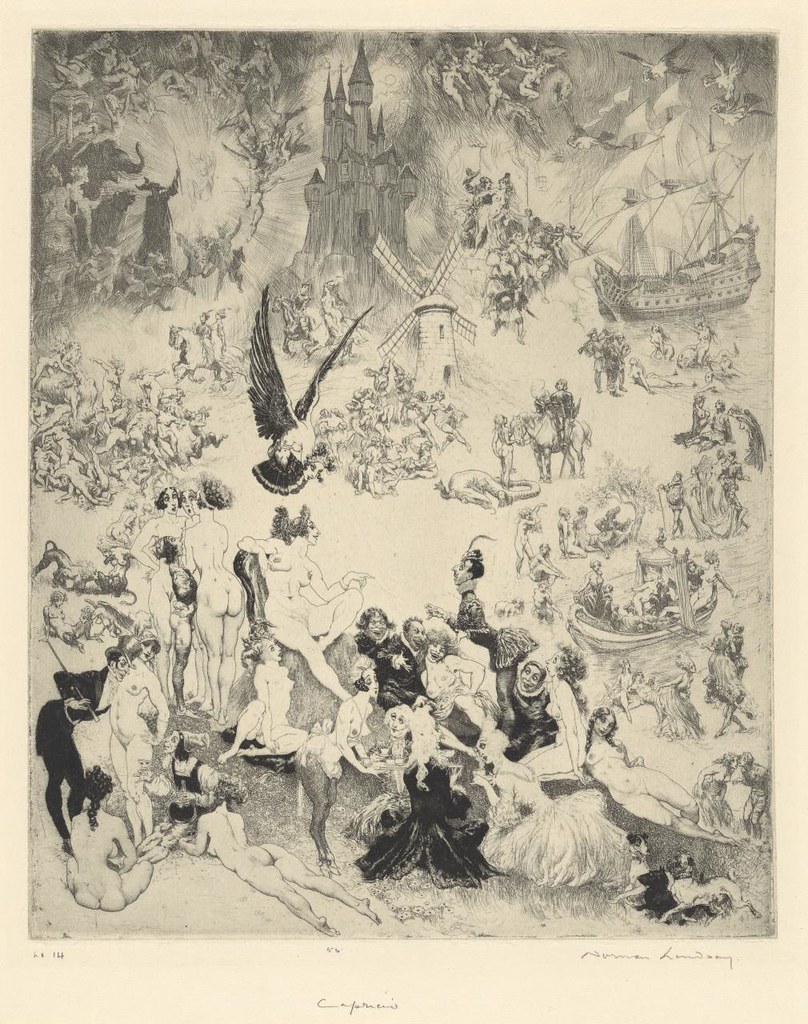 Capriccio, 1932
Capriccio, 1932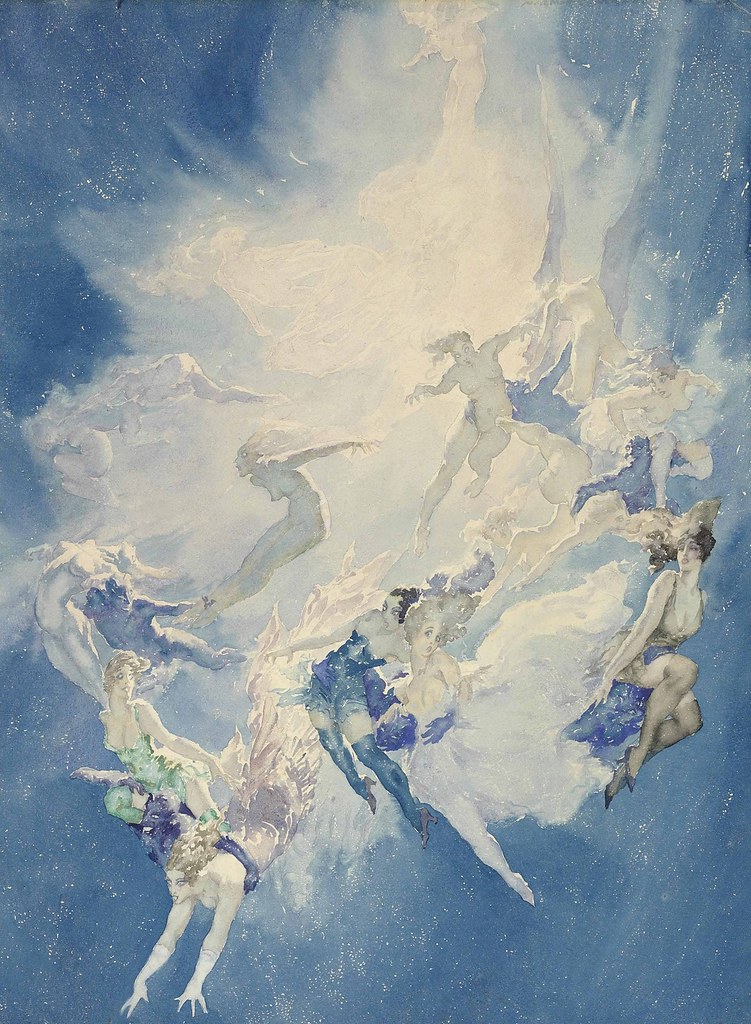 A Star Explodes, 1932
A Star Explodes, 1932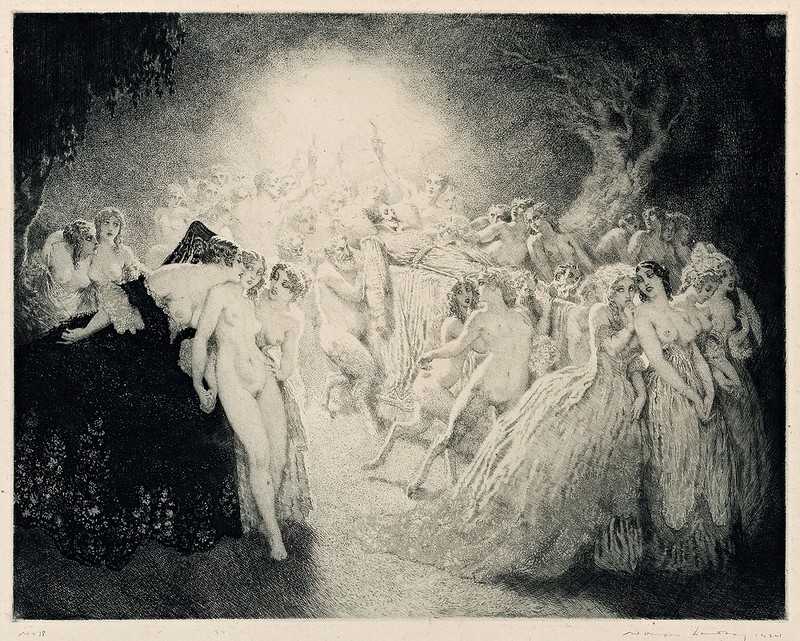 The Funeral March Of Don Juan, 1924
The Funeral March Of Don Juan, 1924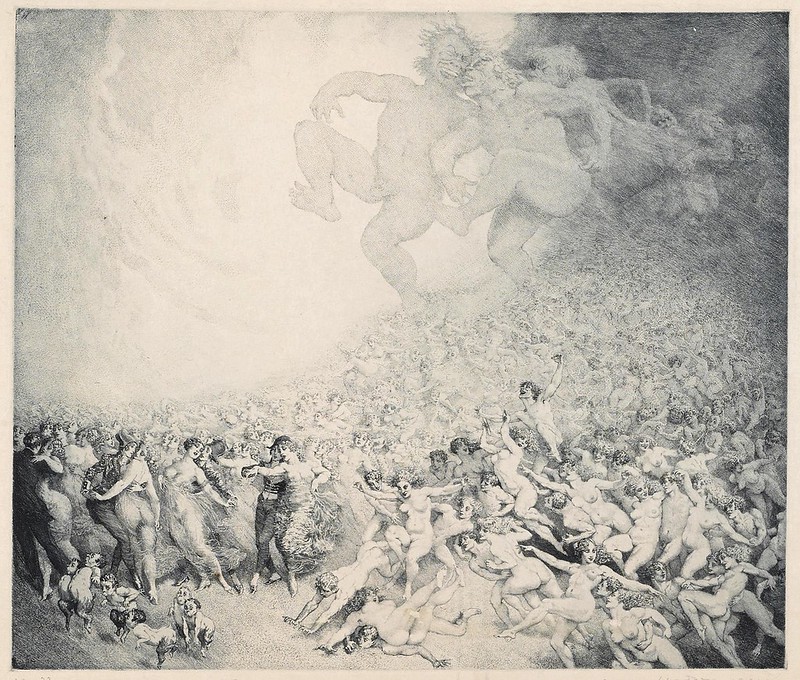 Allegro Vivace 8th Symphony (B. 269), 1925
Allegro Vivace 8th Symphony (B. 269), 1925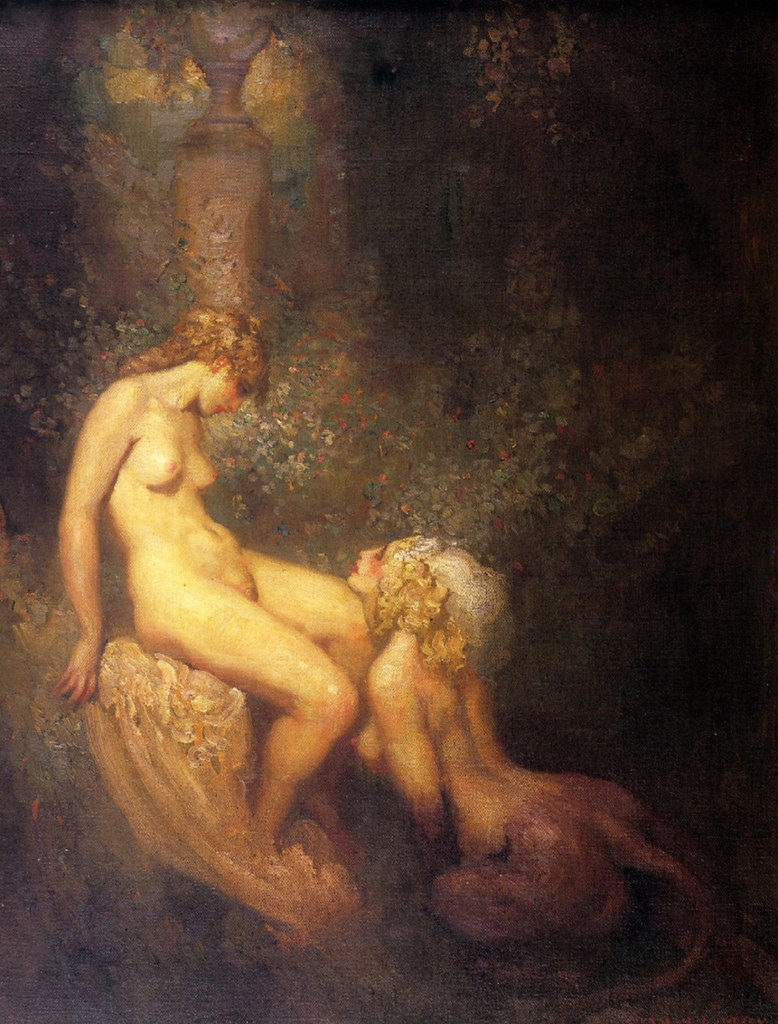 The Sphinx, 1920
The Sphinx, 1920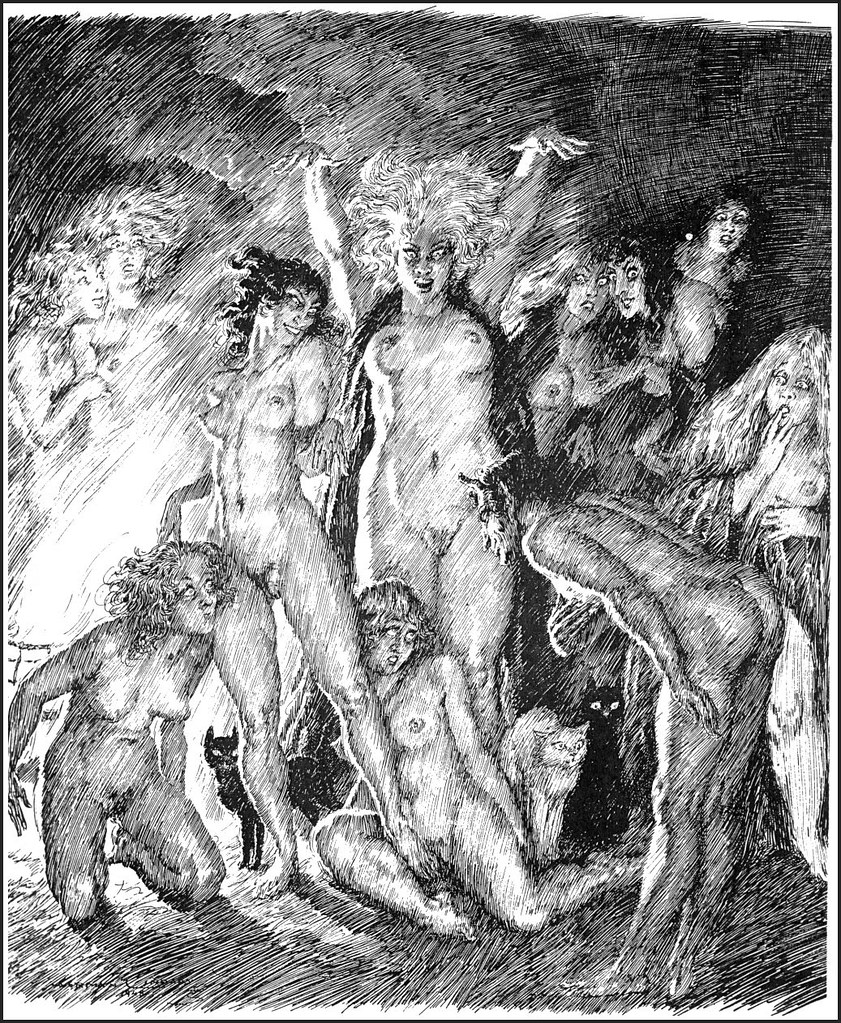 Invocation
Invocation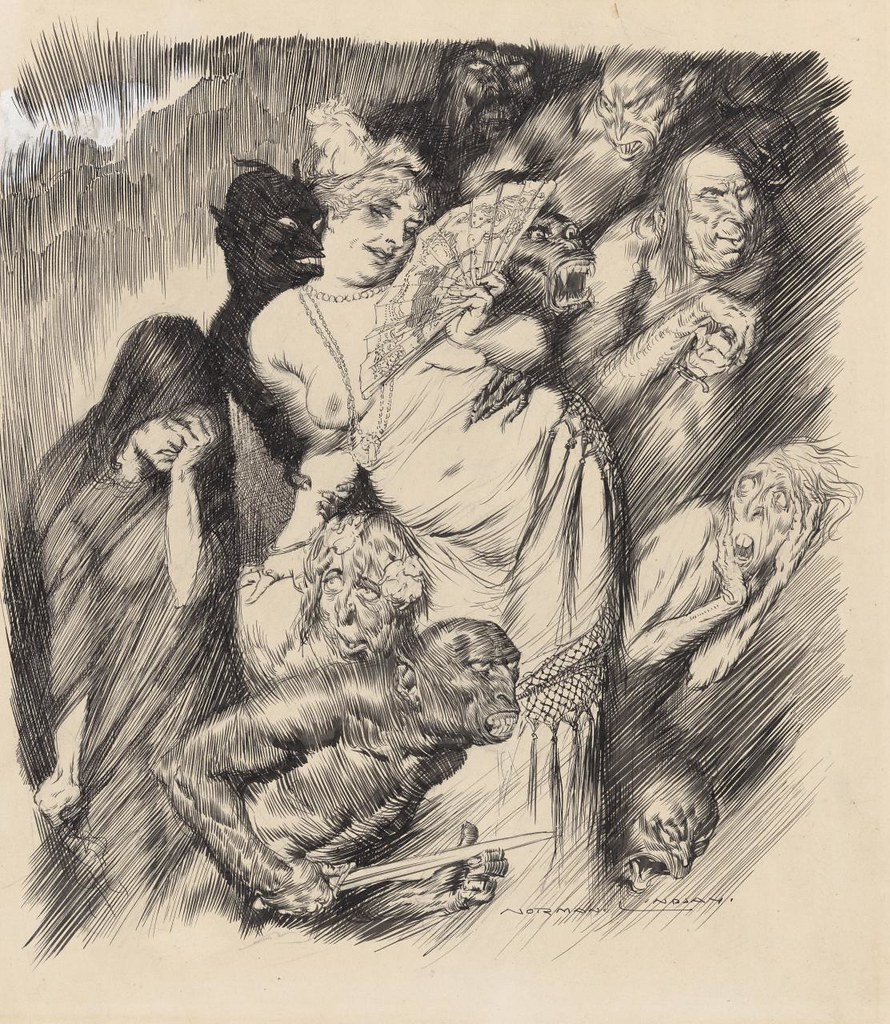 Gathering of the Shades, 1917
Gathering of the Shades, 1917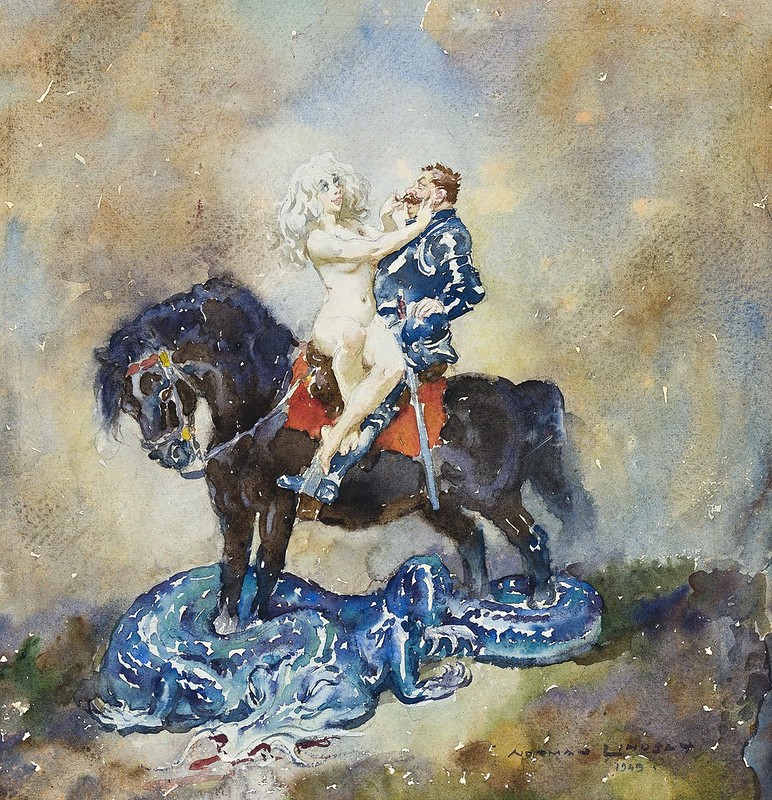 The Dragon Slayer, 1945
The Dragon Slayer, 1945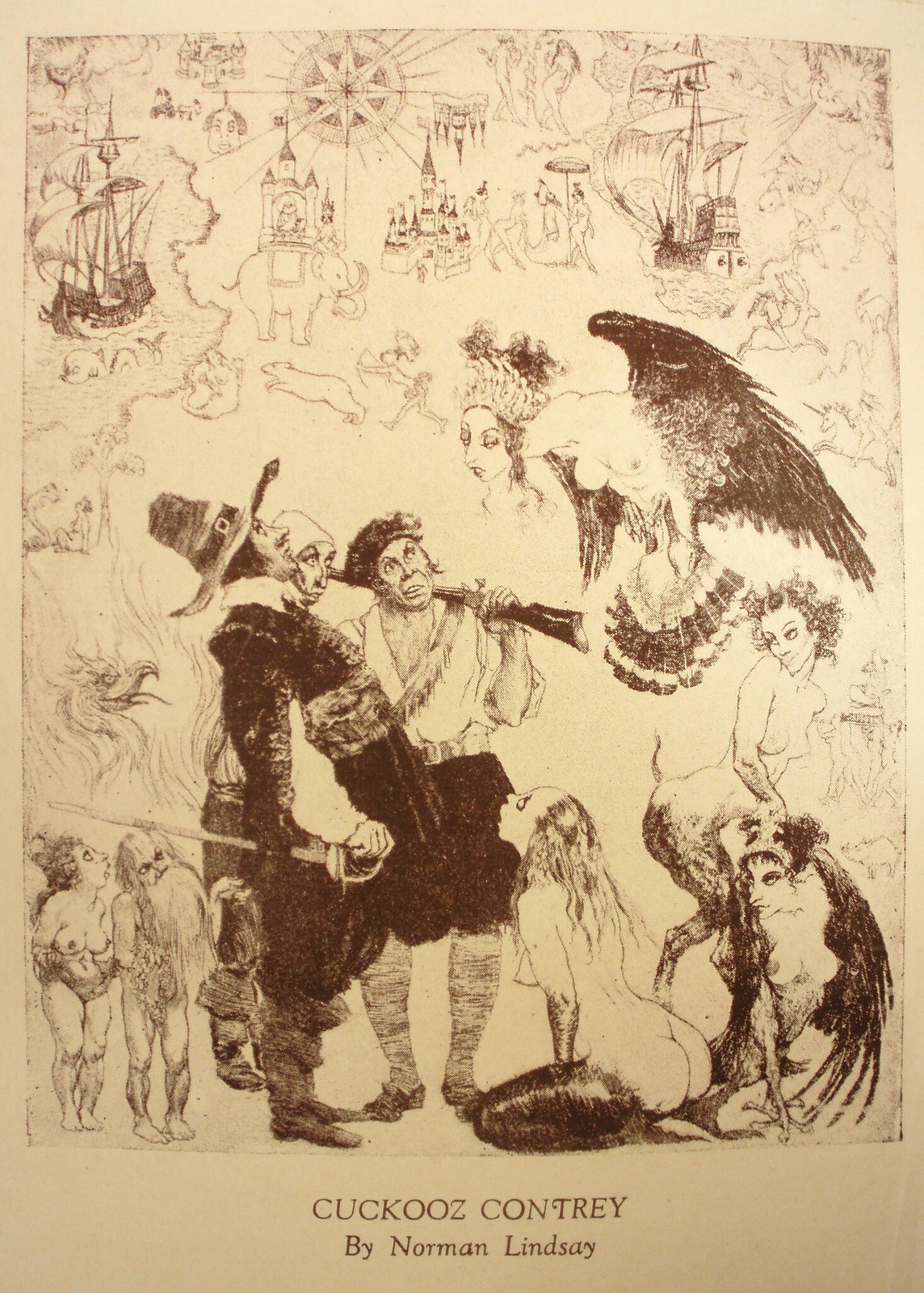 Strange Lands, 1932
Strange Lands, 1932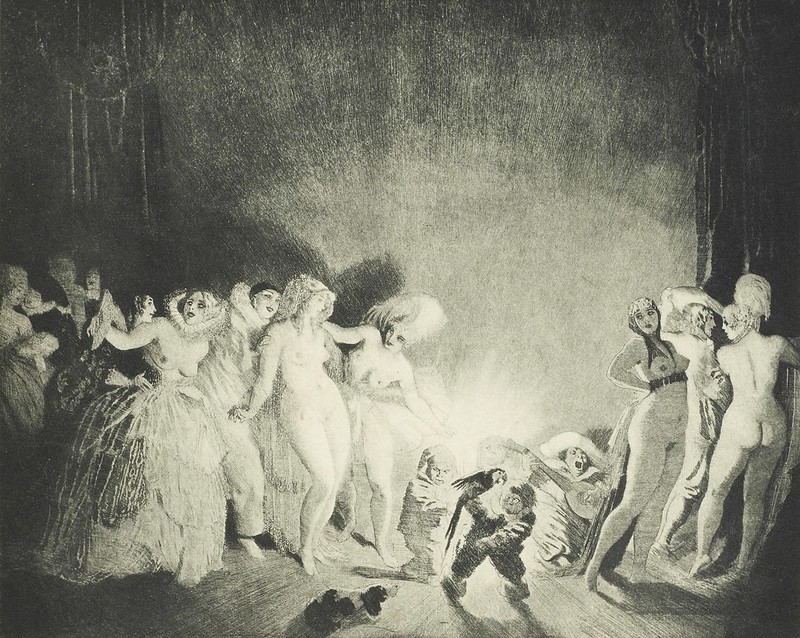 Goodnight, 1920
Goodnight, 1920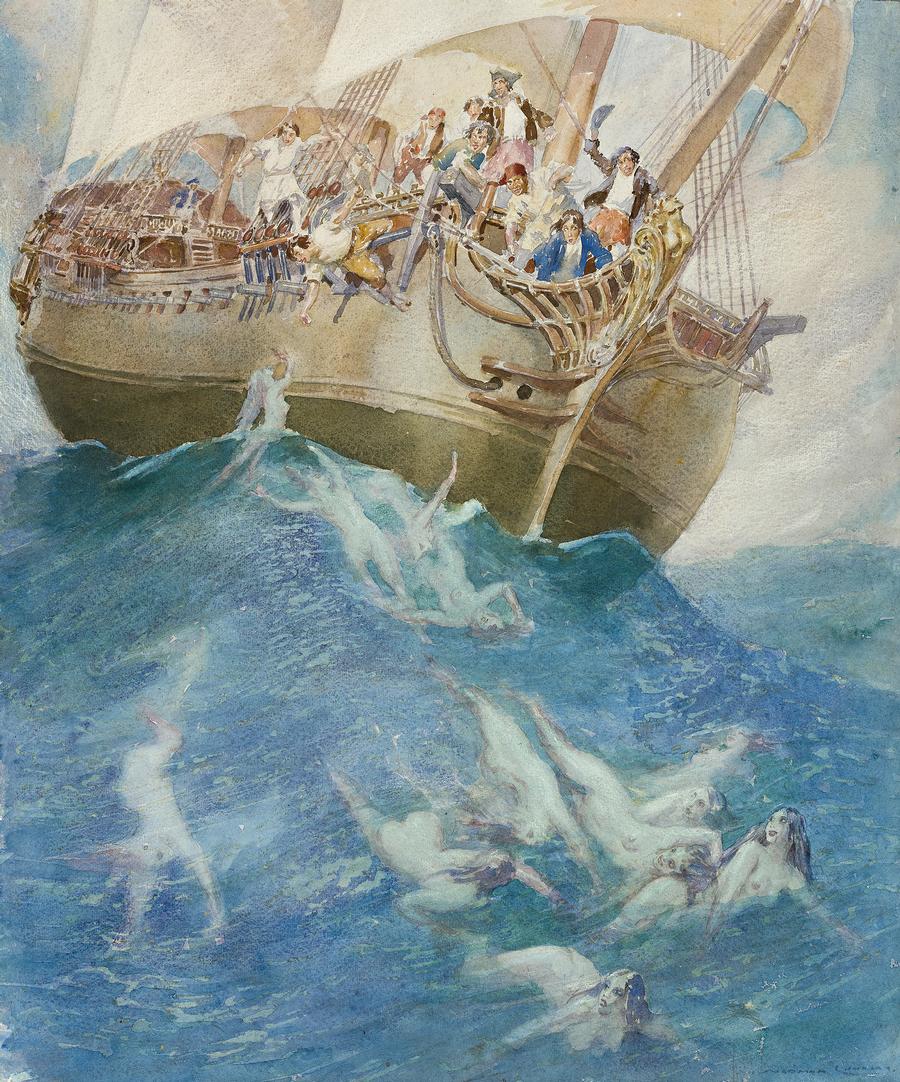 Strange Seas
Strange Seas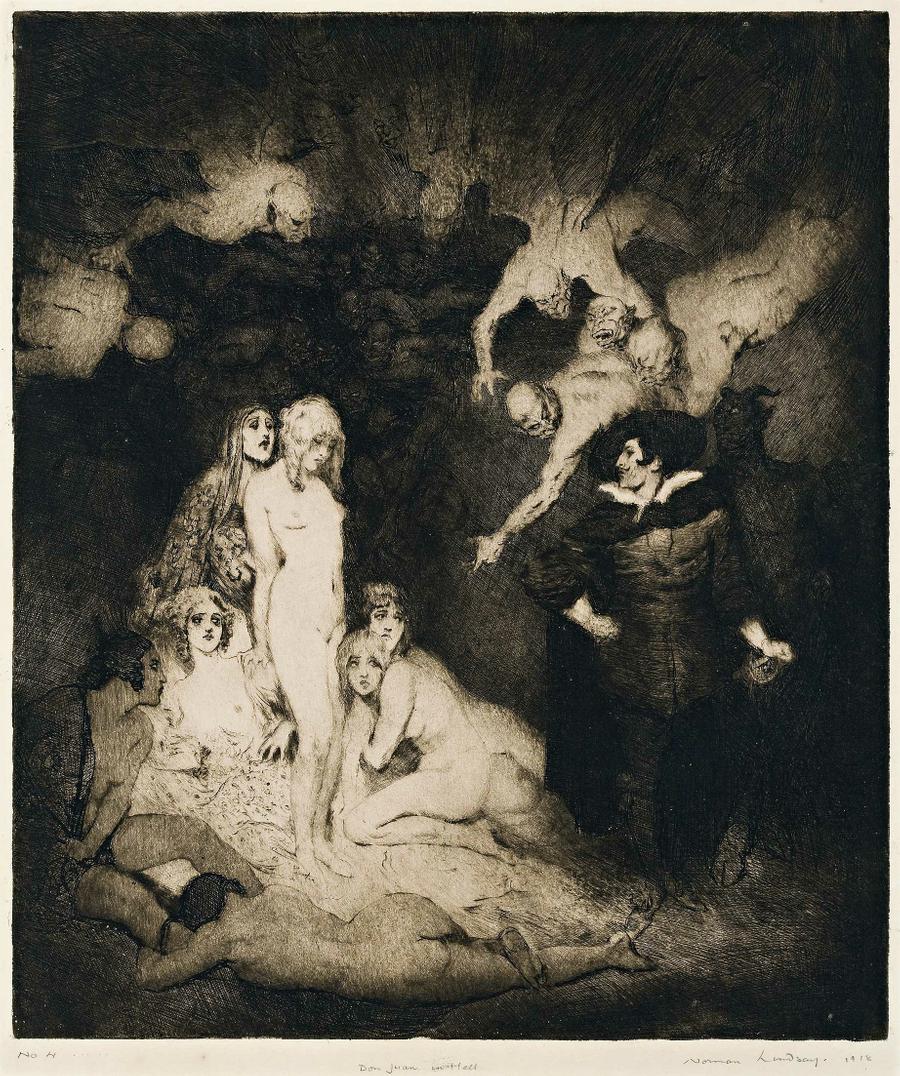 Don Juan in Hell, 1918
Don Juan in Hell, 1918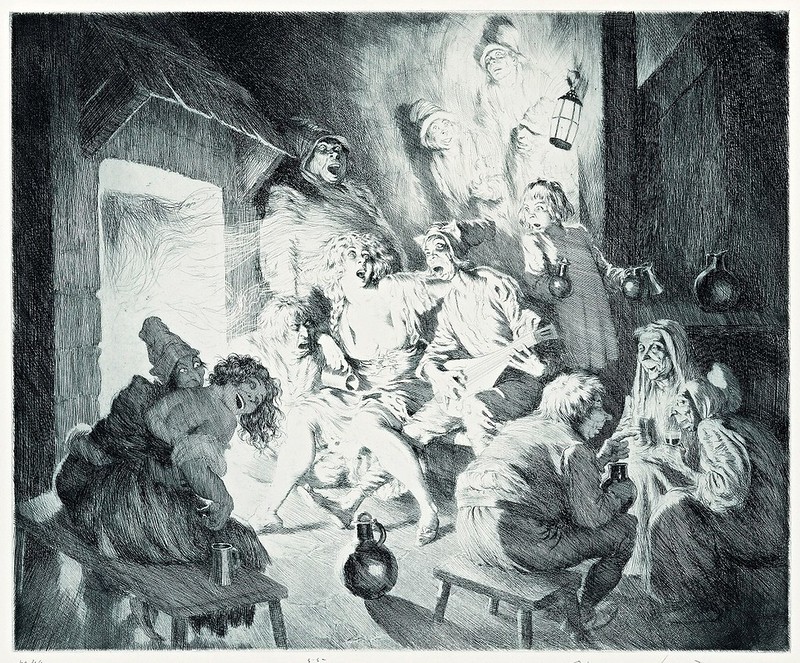 Thieves’ Kitchen, 1929
Thieves’ Kitchen, 1929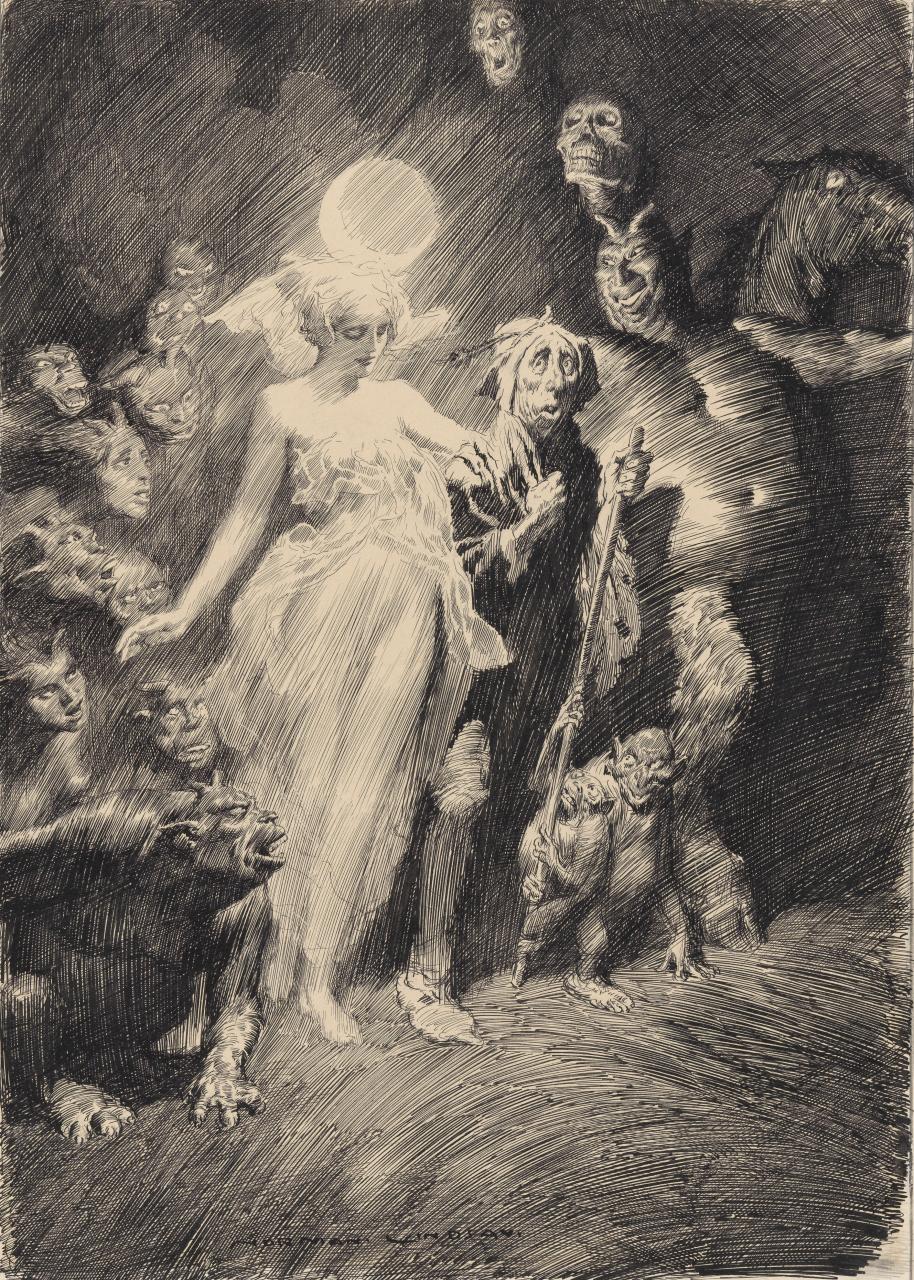 Tom O'Bedlam, 1918
Tom O'Bedlam, 1918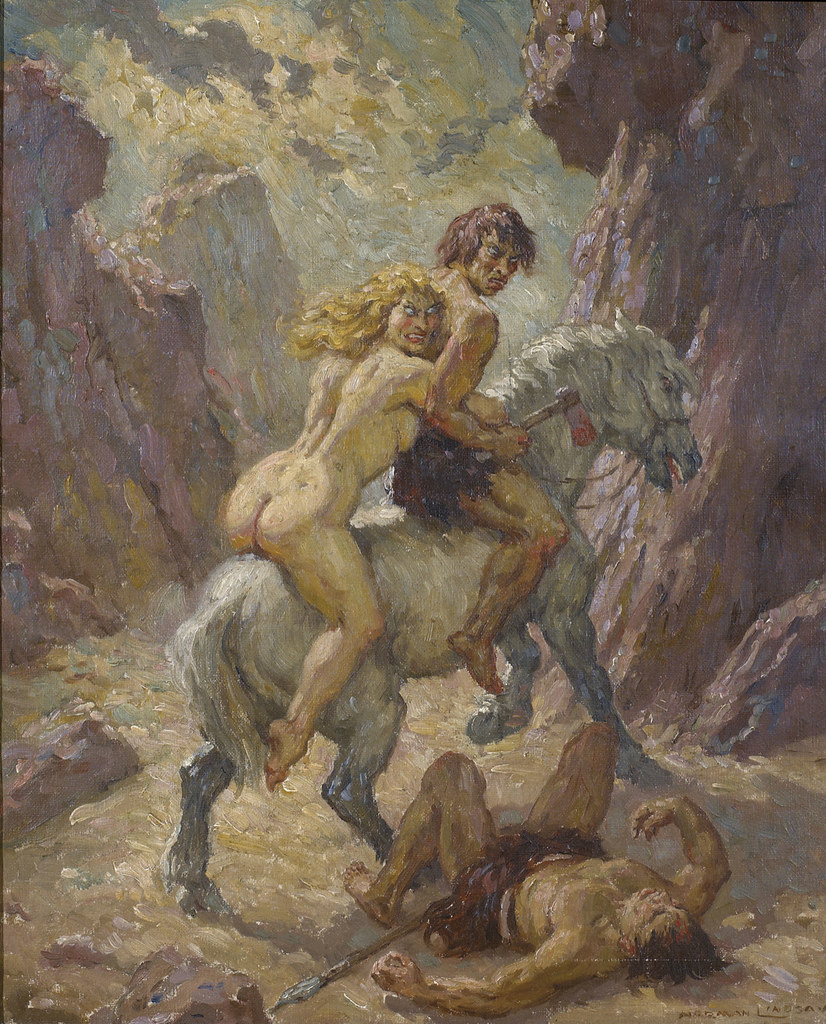 Vanquished
Vanquished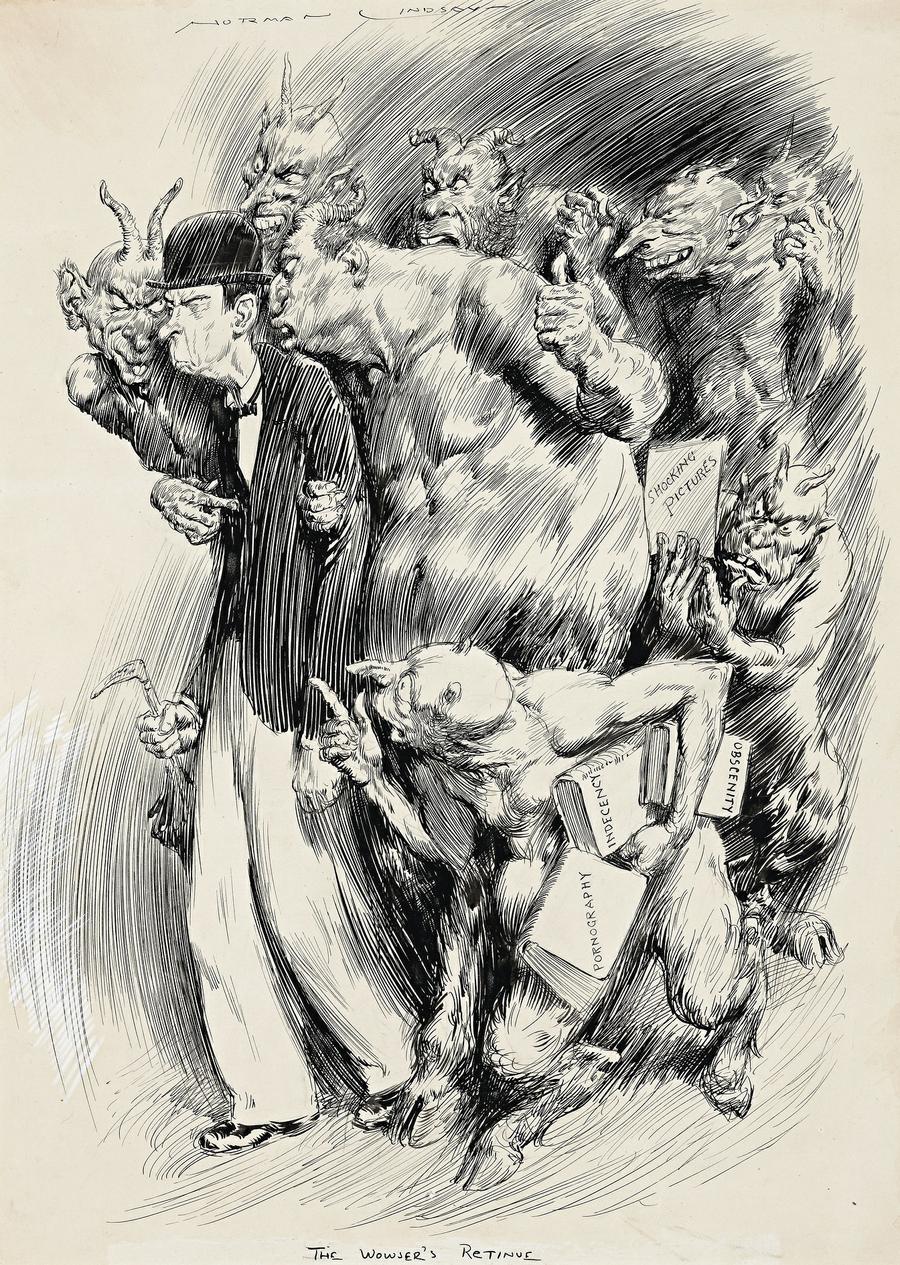 The Wowser's Retinue, 1932
The Wowser's Retinue, 1932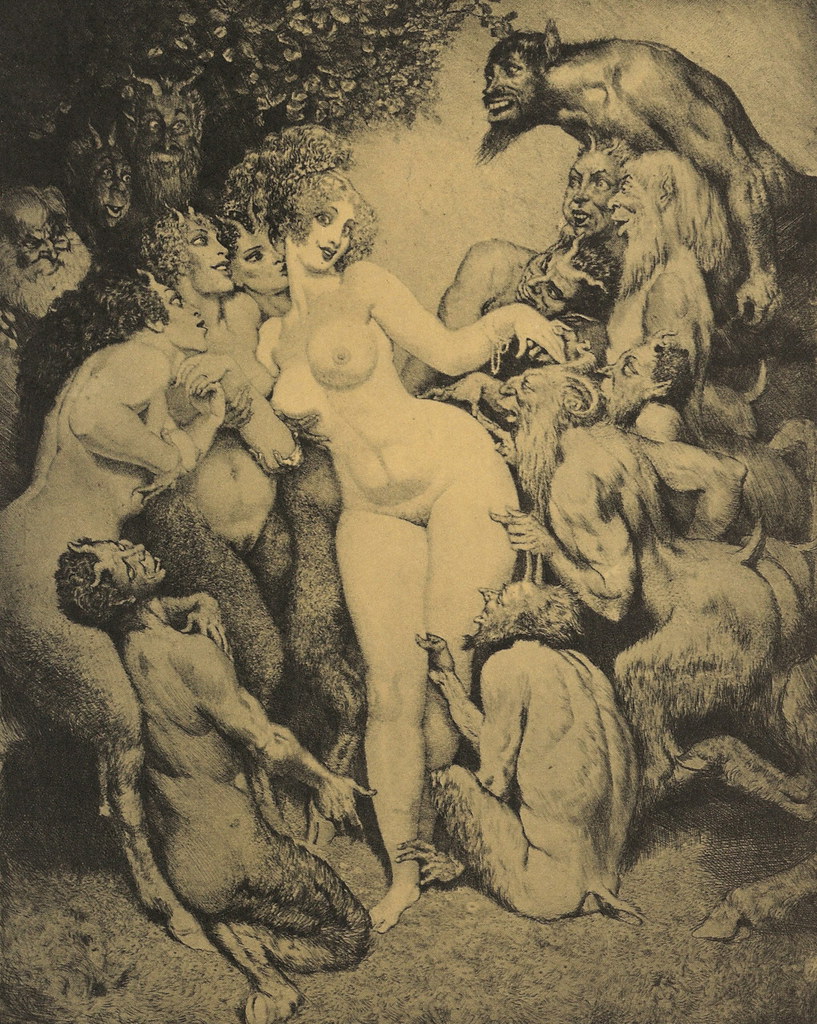 Venus In Arcady, 1938
Venus In Arcady, 1938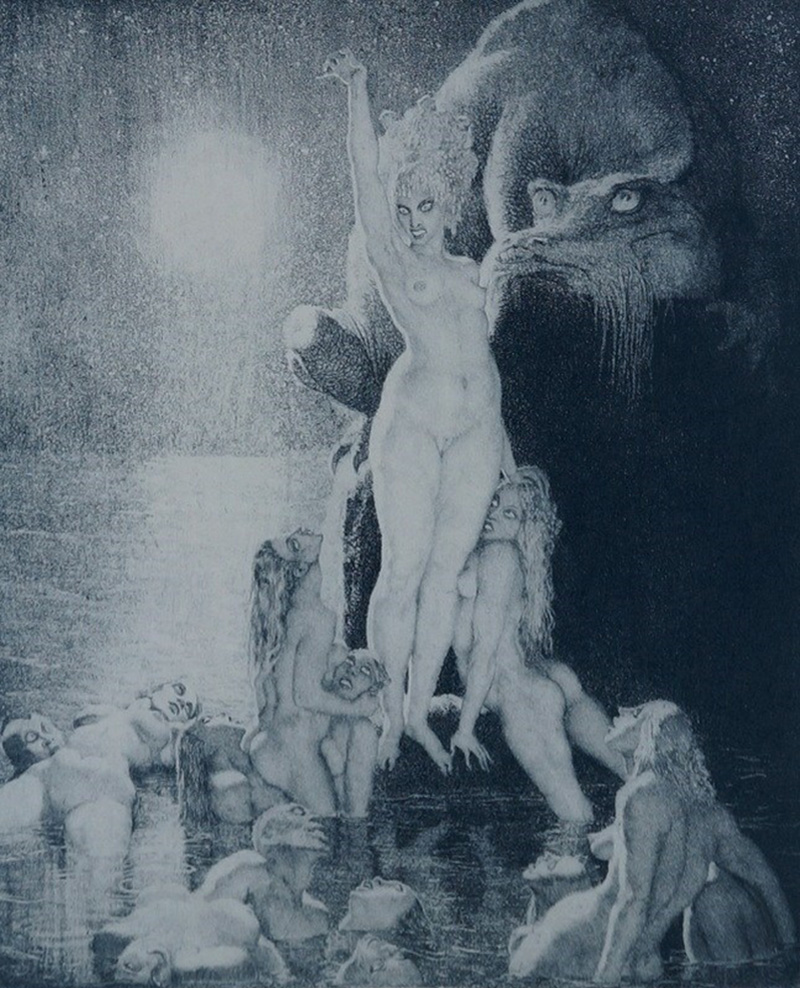 Sea Magic
Sea Magic Bacchanalian Revels, 1940
Bacchanalian Revels, 1940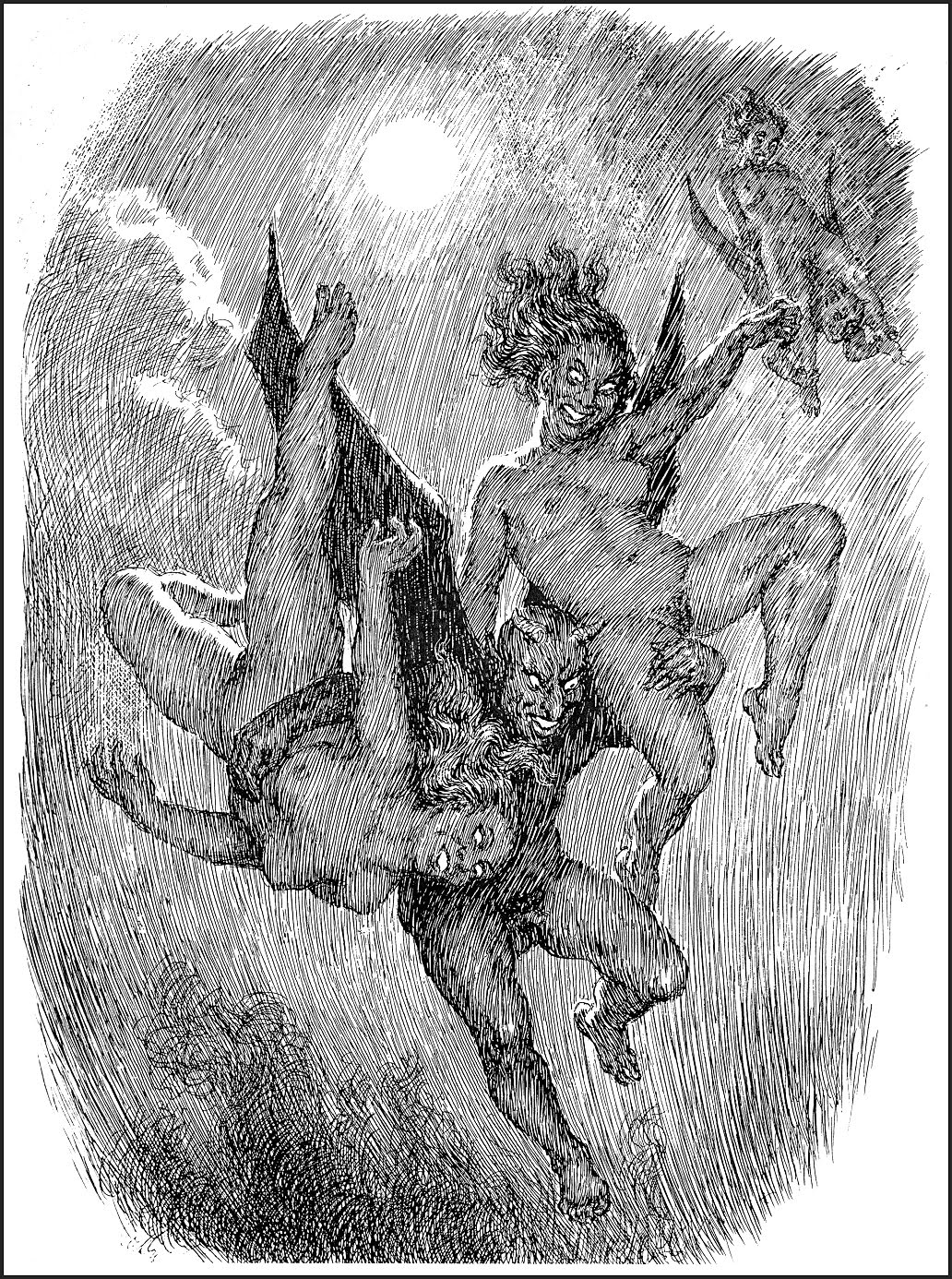 Devils & Witches: Witches Dance, 1923
Devils & Witches: Witches Dance, 1923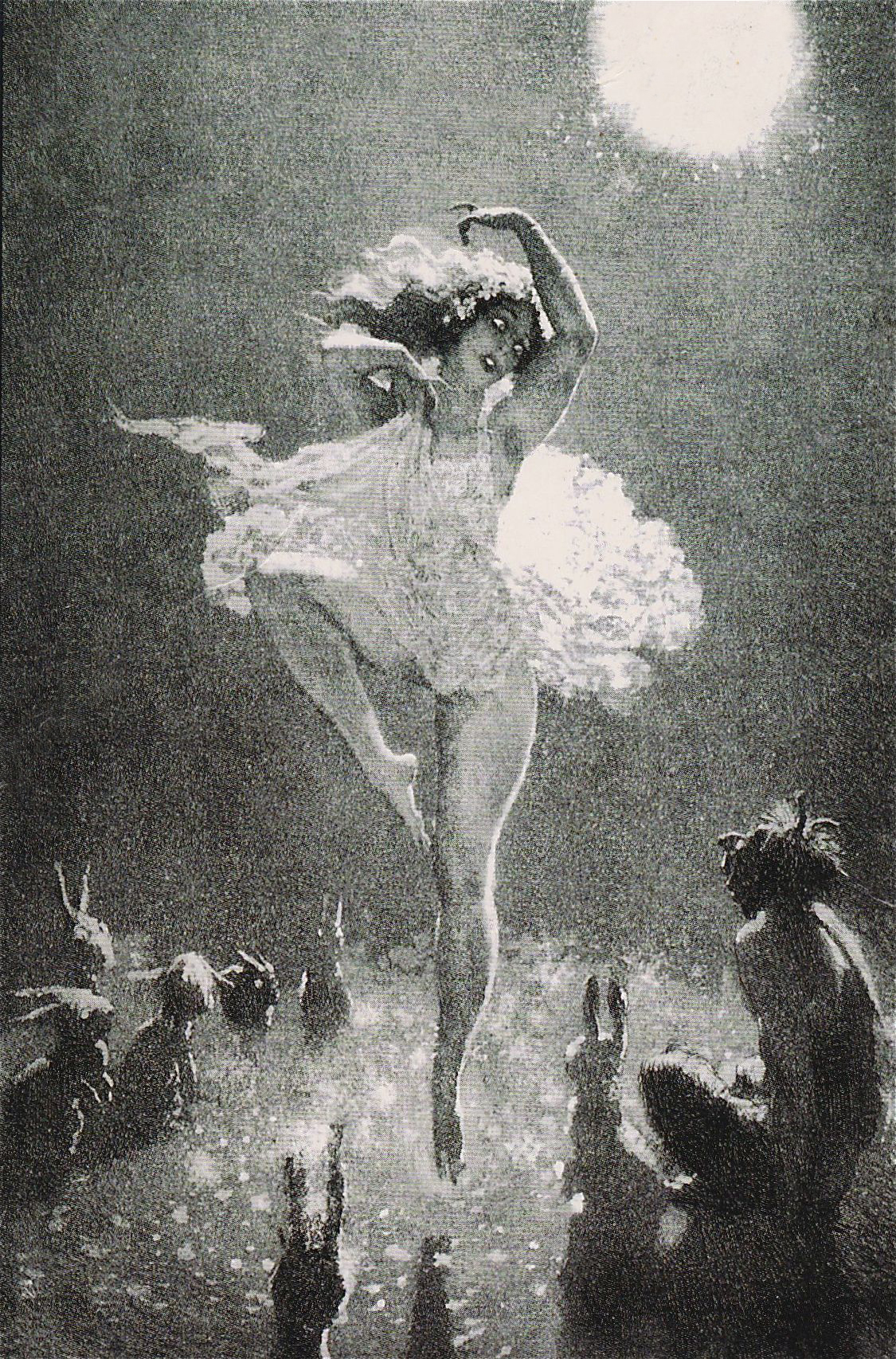 The Audience, 1925
The Audience, 1925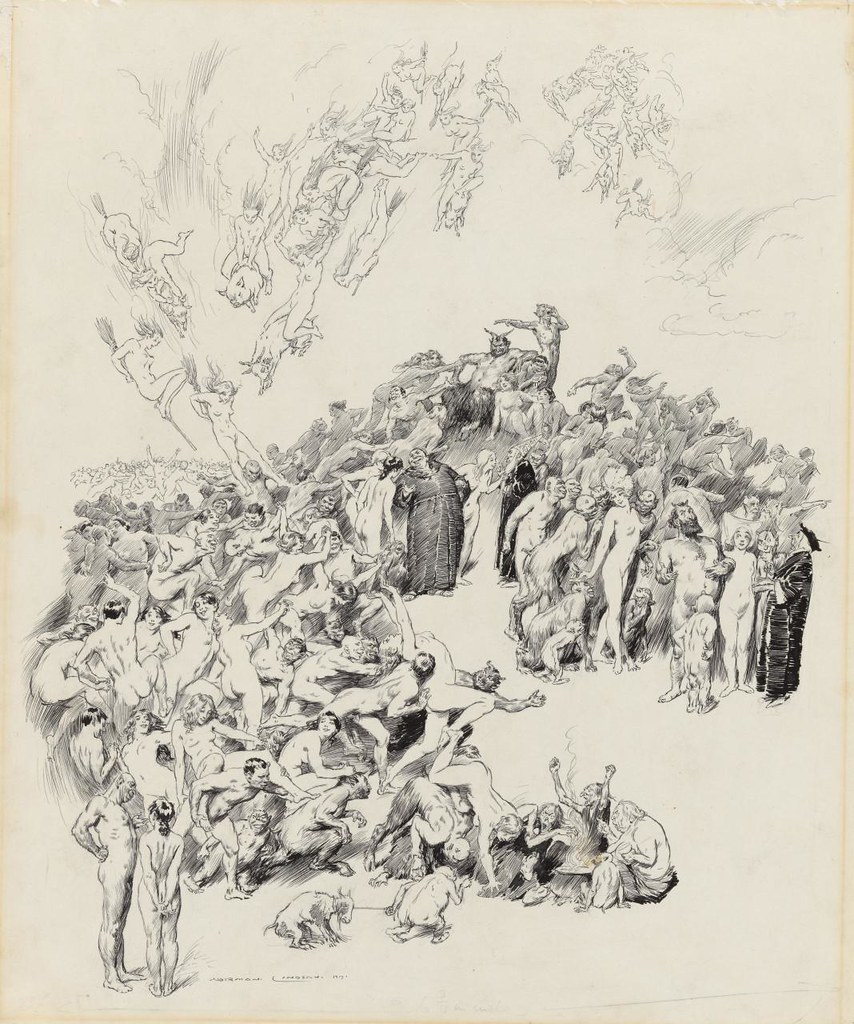 The Witches Sabbath, 1917
The Witches Sabbath, 1917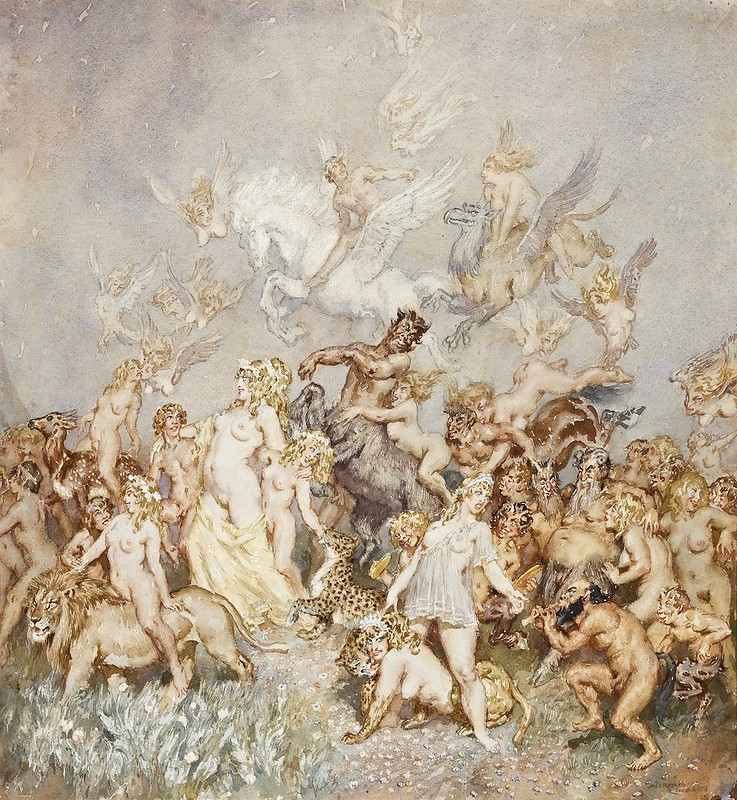 The Entourage, 1940
The Entourage, 1940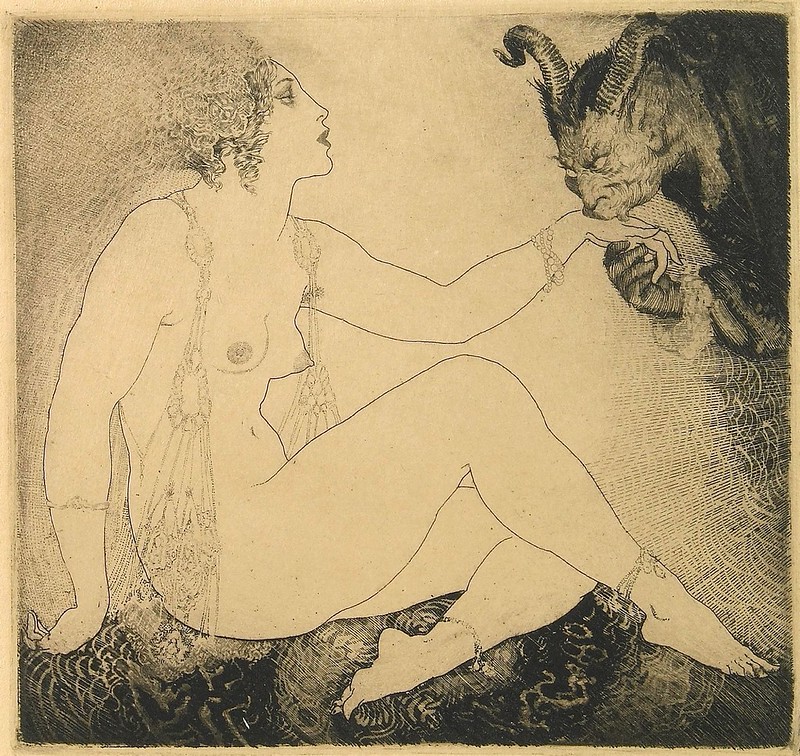 Bargains, 1927
Bargains, 1927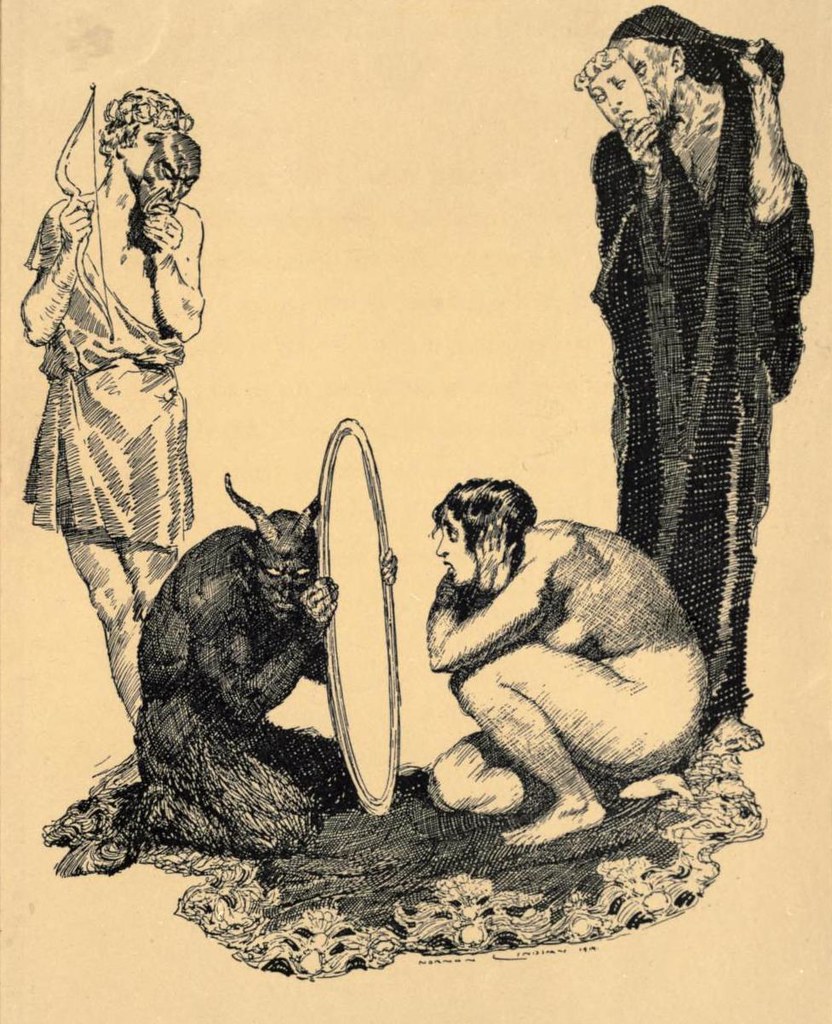 Reflections, 1919
Reflections, 1919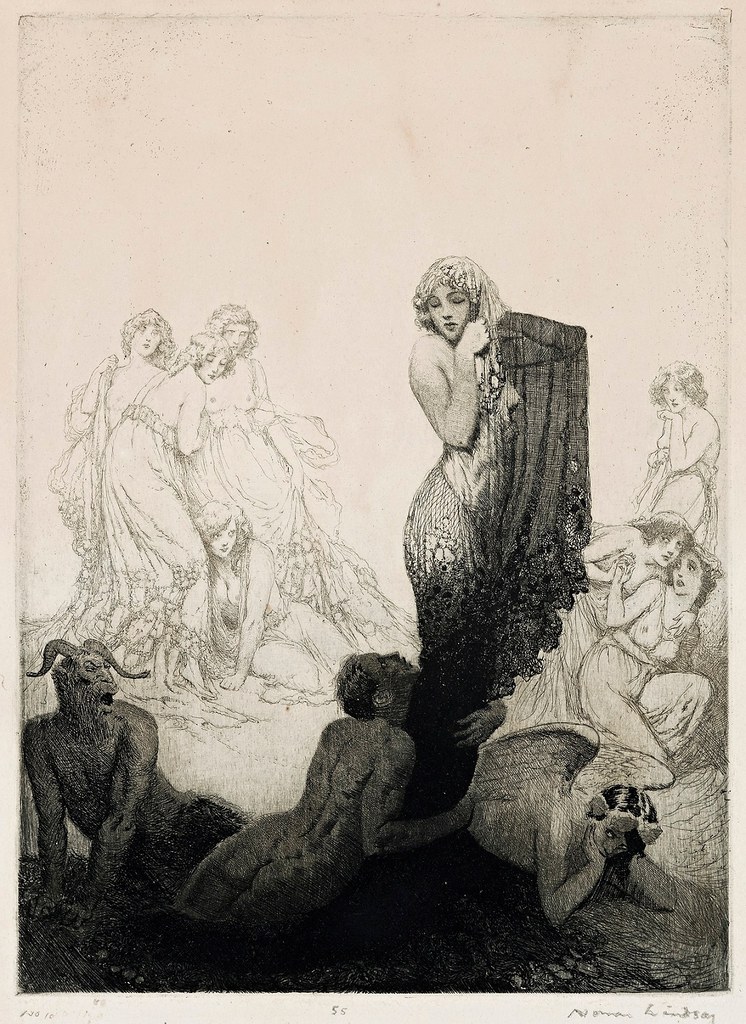 The Grey-Eyed Girl, 1913
The Grey-Eyed Girl, 1913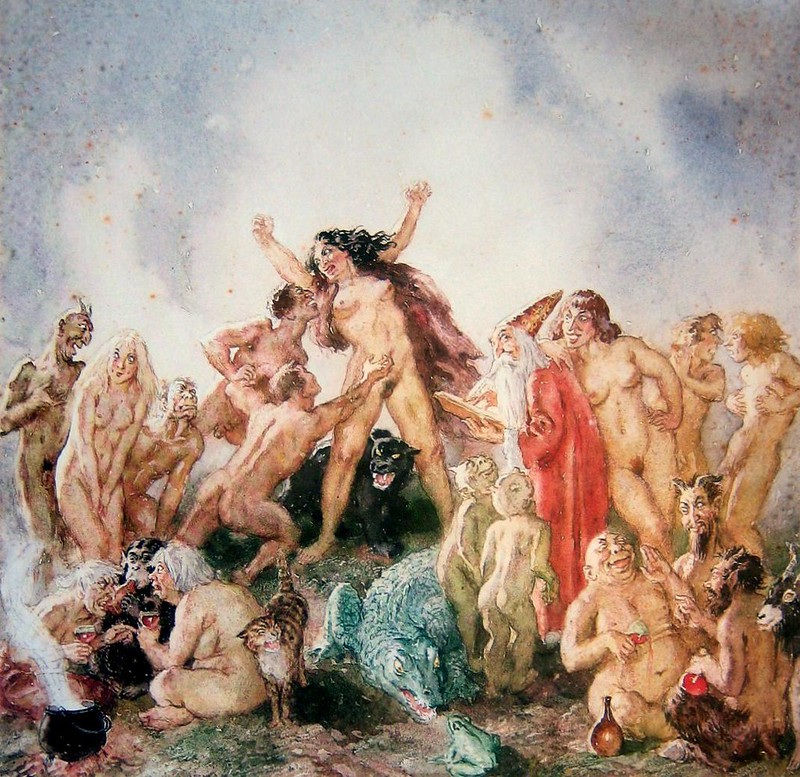 Witches and Warlocks
Witches and Warlocks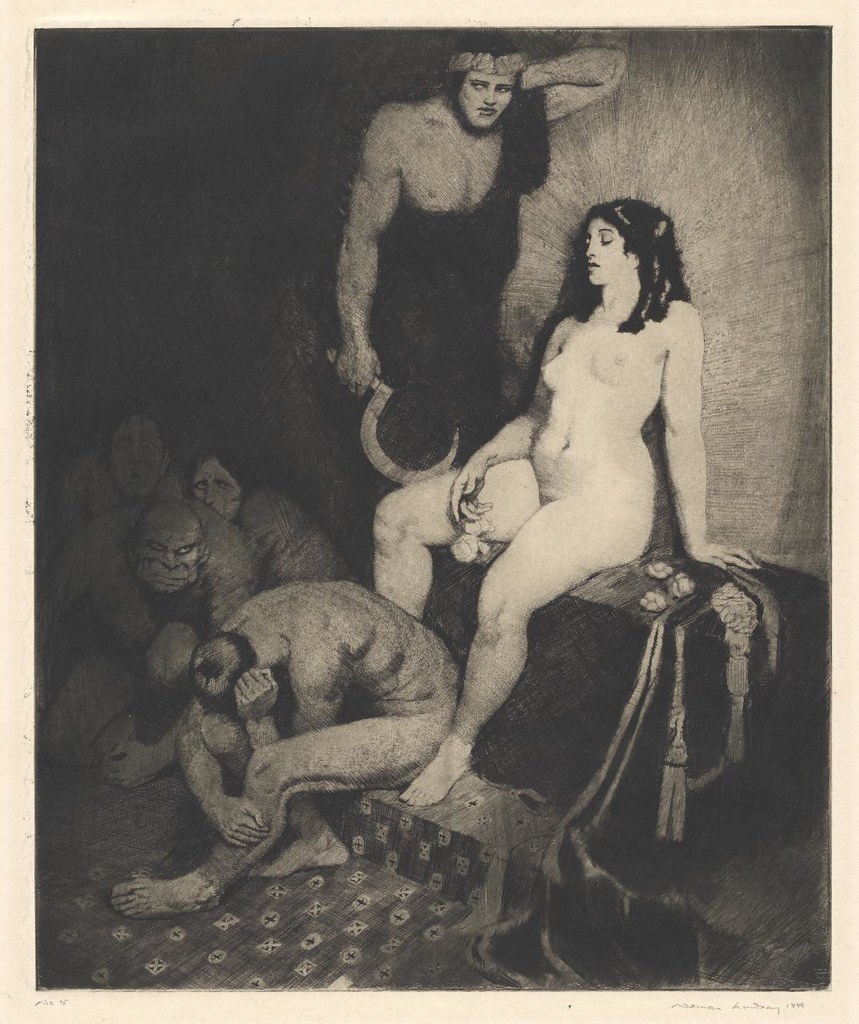 Enigma, 1919
Enigma, 1919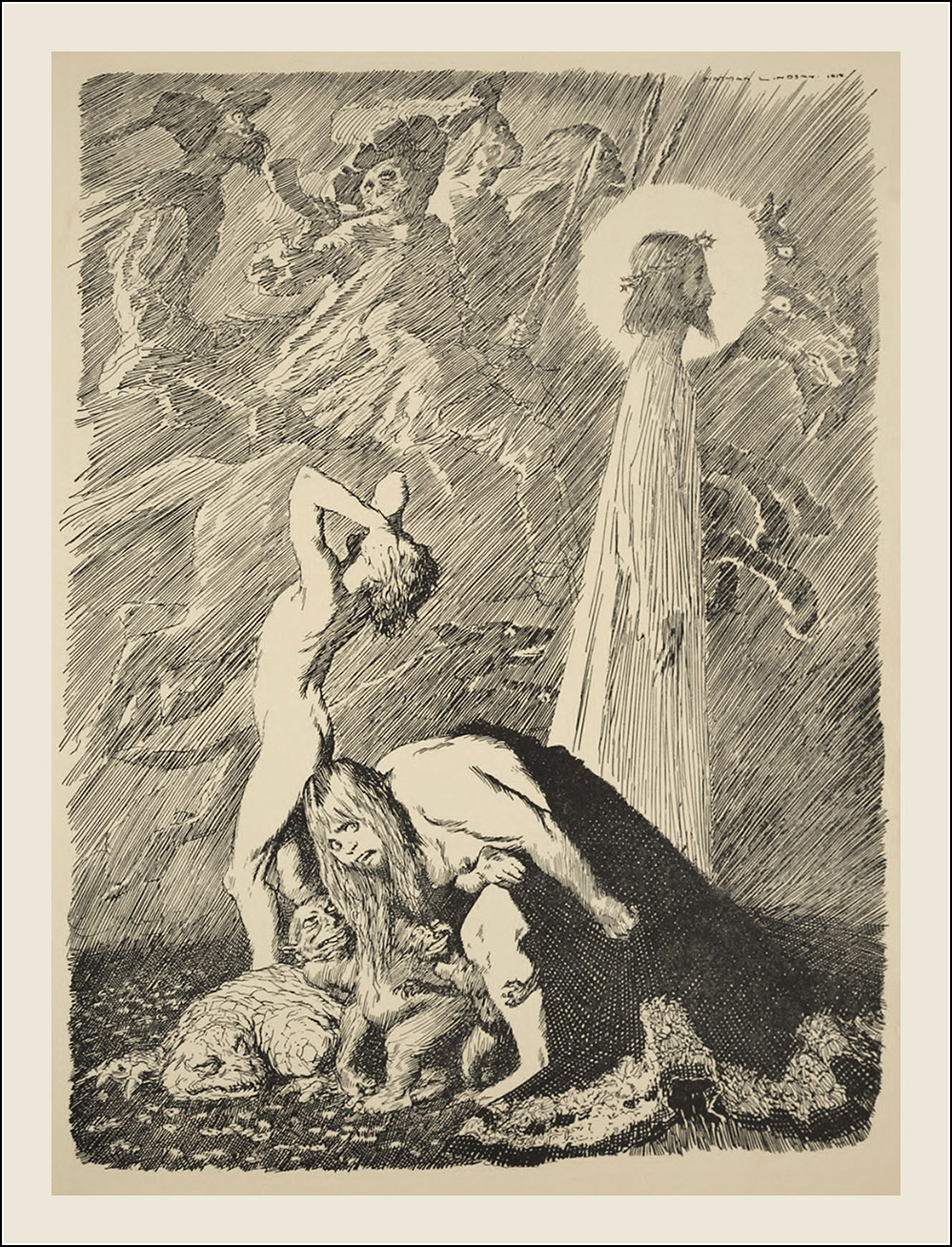 Illustration from Colombine, published 1920 by Angus and Robertson in Sydney
Illustration from Colombine, published 1920 by Angus and Robertson in Sydney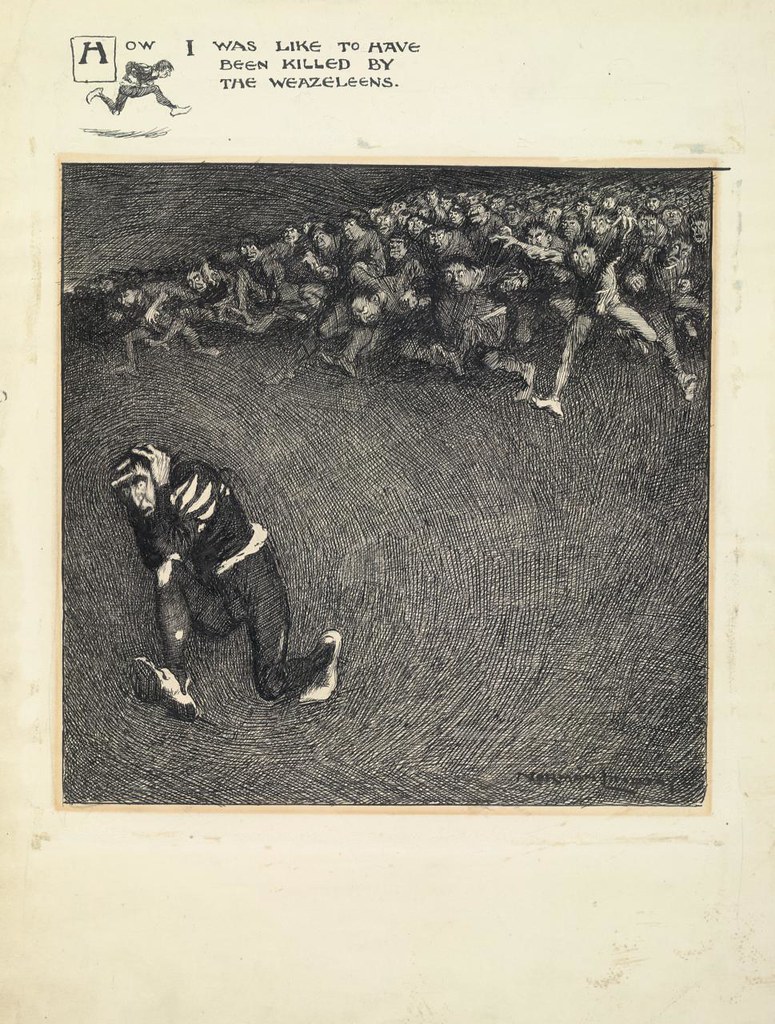 My Ancestors, 1904
My Ancestors, 1904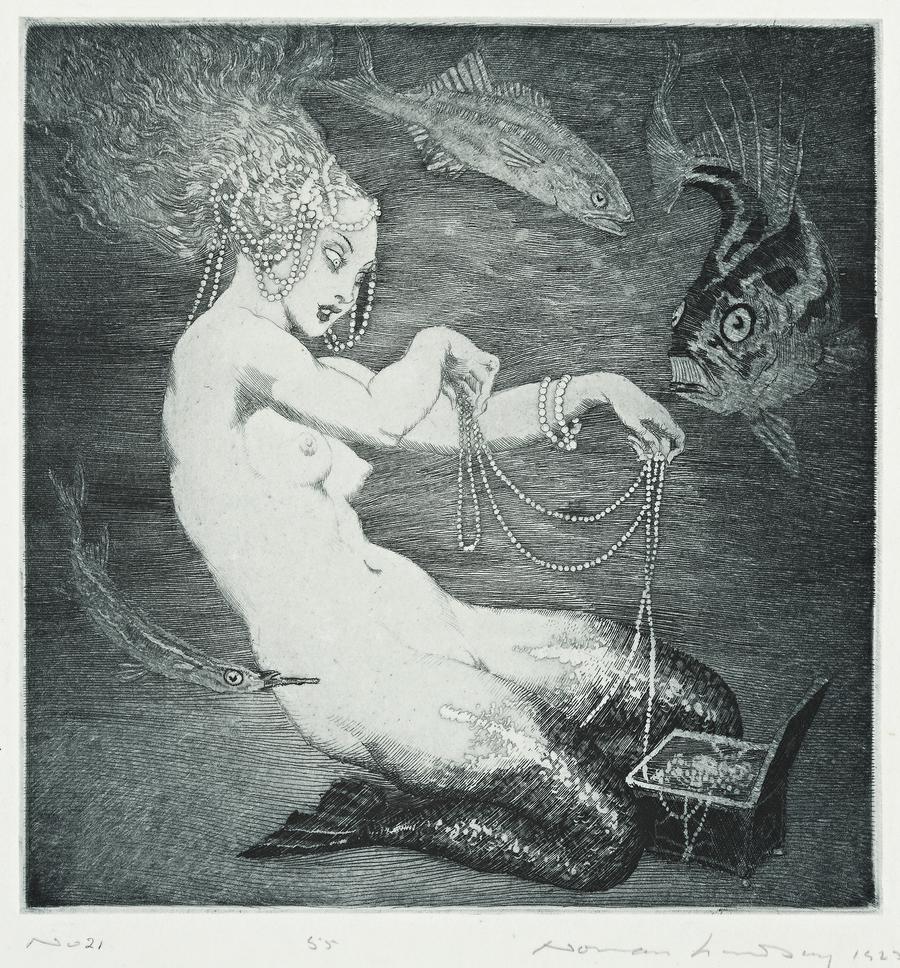 Treasure, 1925
Treasure, 1925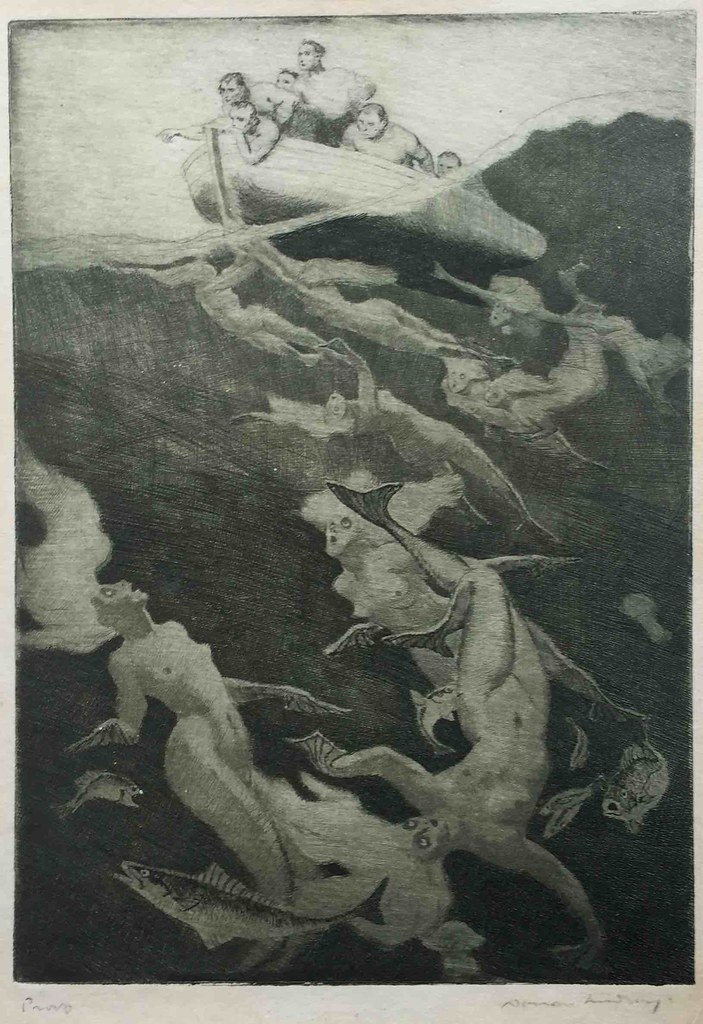 Quest, 1913
Quest, 1913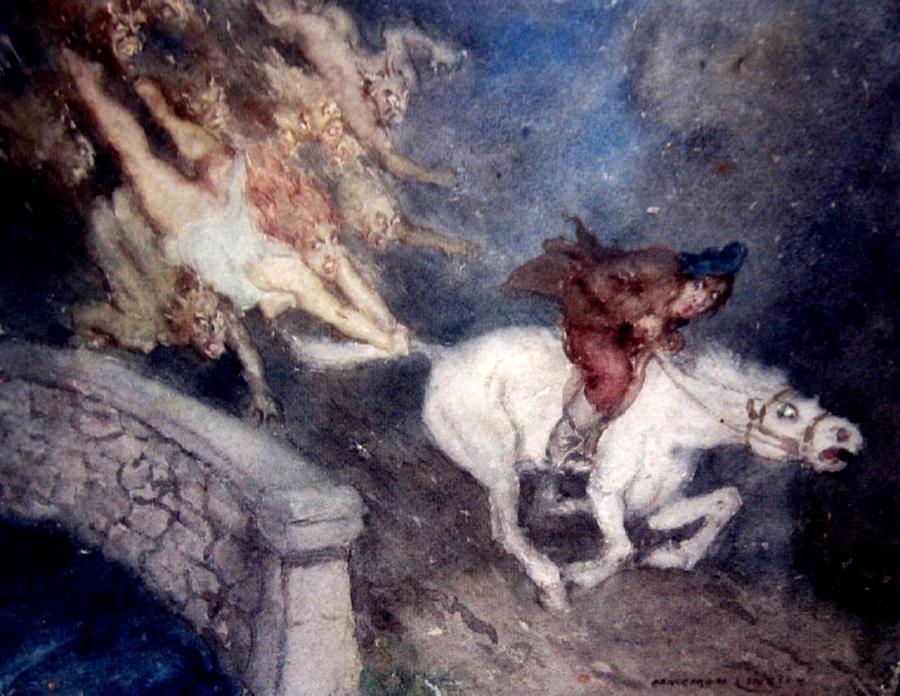 Tam O'Shanter
Tam O'Shanter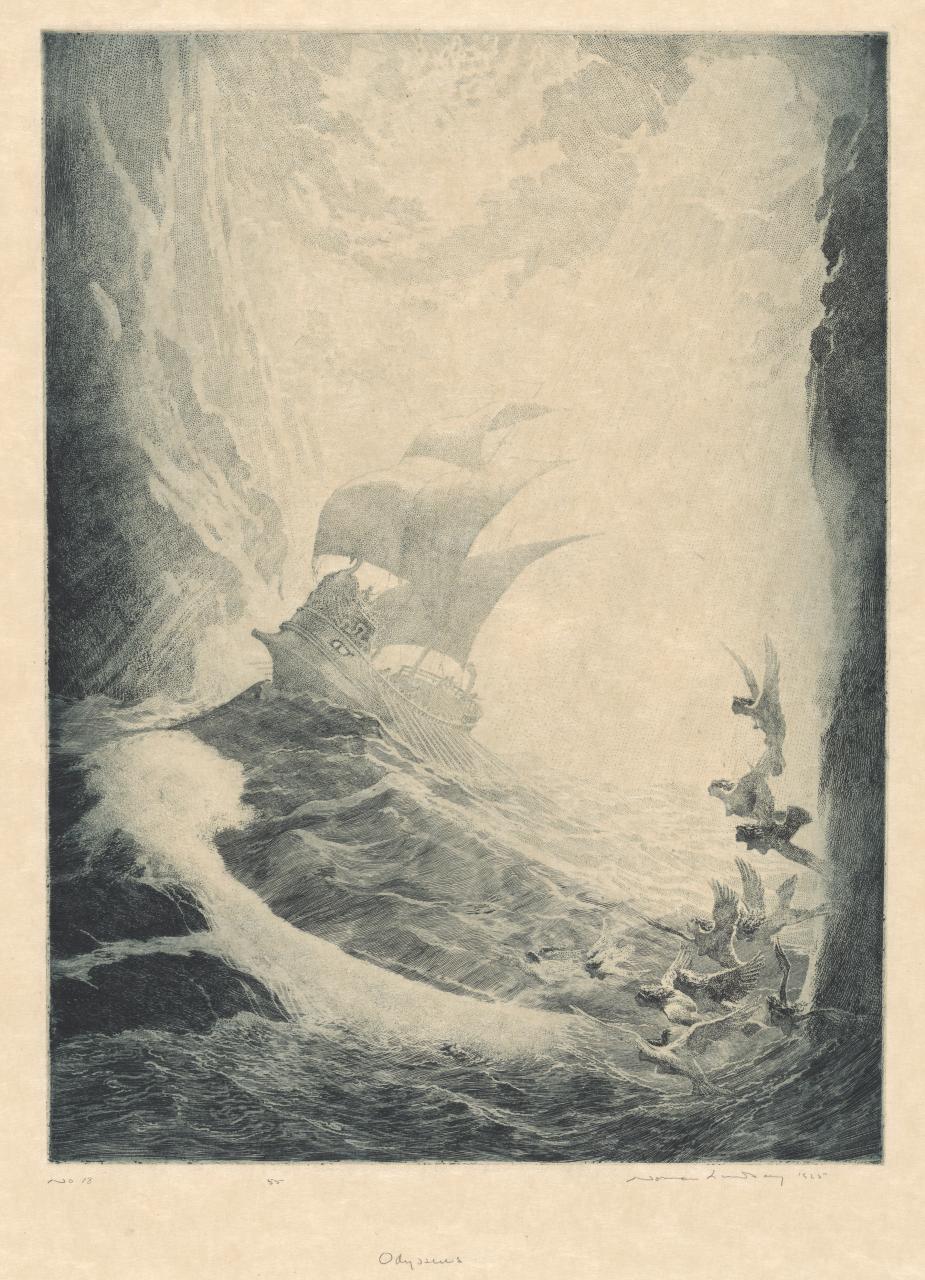 Odysseus, 1925
Odysseus, 1925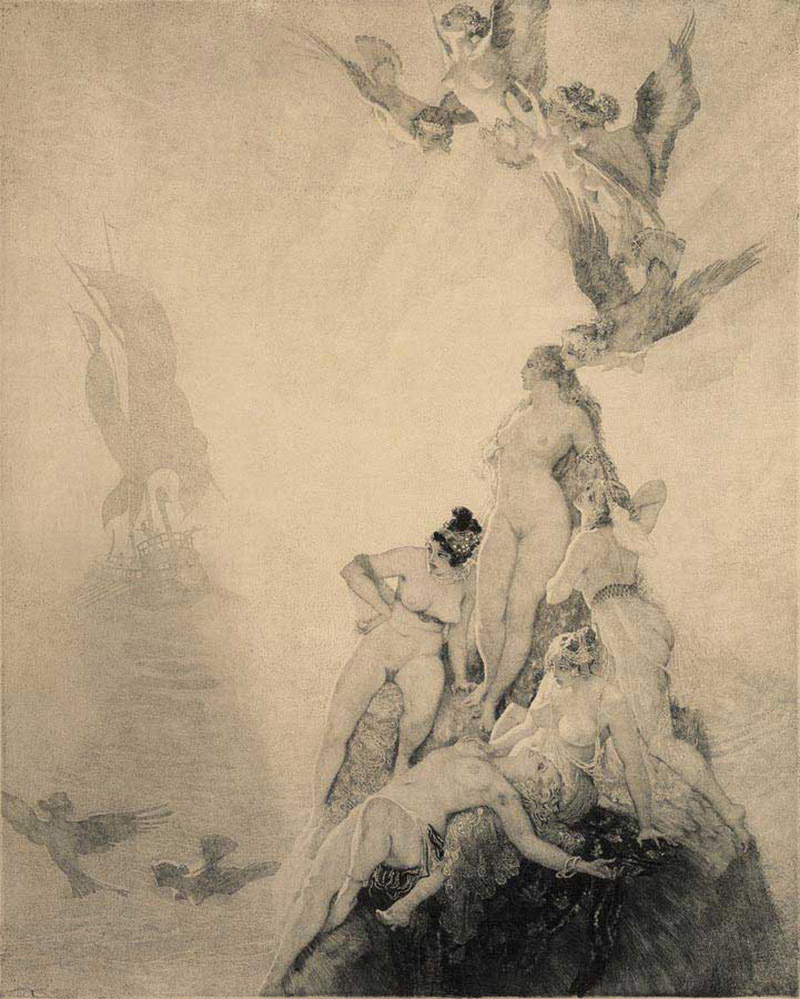 Unknown Seas, 1922
Unknown Seas, 1922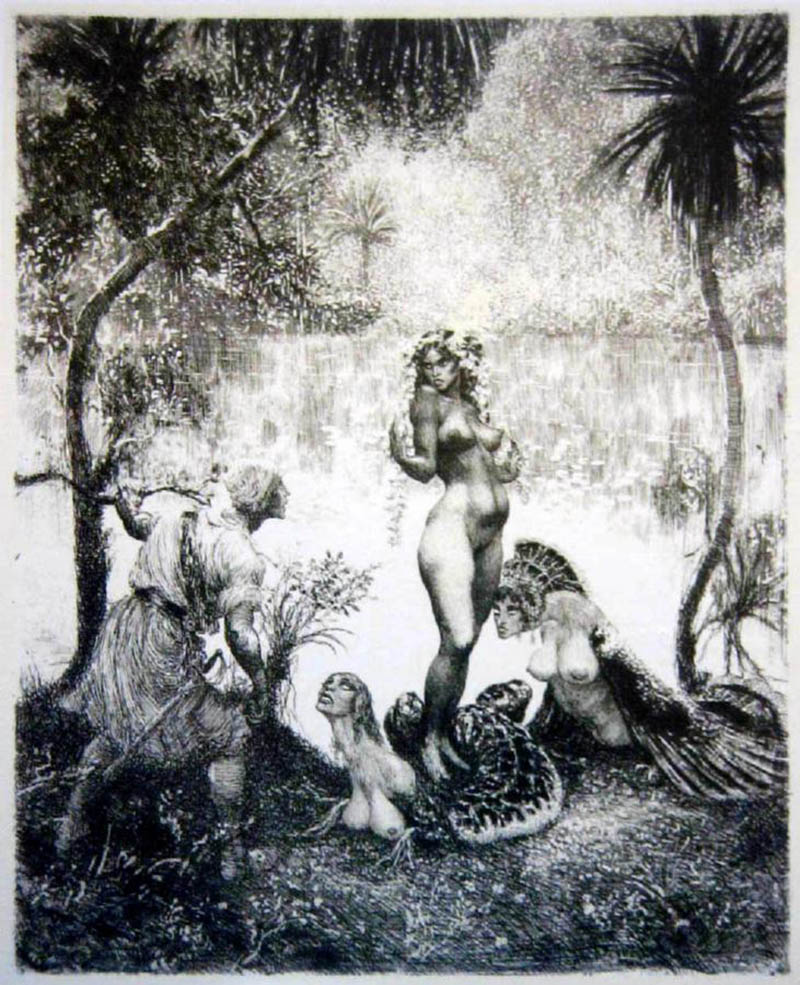 Desert Island
Desert Island"Norman Alfred William Lindsay (22 February 1879 – 21 November 1969) was an Australian artist, etcher, sculptor, writer, editorial cartoonist, scale modeler, and an accomplished amateur boxer. He was born in Creswick, Victoria.
Lindsay is widely regarded as one of Australia's greatest artists, producing a vast body of work in different media, including pen drawing, etching, watercolour, oil and sculptures in concrete and bronze. A large body of his work is housed in his former home at Faulconbridge, New South Wales, now the Norman Lindsay Gallery and Museum.
In 1895, Lindsay moved to Melbourne to work on a local magazine with his older brother Lionel. His Melbourne experiences are described in Rooms and Houses. In 1901, he and Lionel joined the staff of the Sydney Bulletin, a weekly newspaper, magazine and review. His association there would last fifty years. Lindsay wrote the children's classic The Magic Pudding published in 1918 and created a scandal when his novel Redheap (supposedly based on his hometown, Creswick) was banned due to censorship laws. Many of his novels have a frankness and vitality that matches his art.
His frank and sumptuous nudes were highly controversial. In 1940, Soady took sixteen crates of paintings, drawings and etchings to the U.S. to protect them from the war. Unfortunately, they were discovered when the train they were on caught fire and were impounded and subsequently burned as pornography by American officials. Soady's older brother Lionel remembers Lindsay's reaction: "Don't worry, I'll do more."
Lindsay's creative output was vast, his energy enormous. Several eyewitness accounts tell of his working practices in the 1920s. He would wake early and produce a watercolour before breakfast, then by mid-morning he would be in his etching studio where he would work until late afternoon. He would work on a concrete sculpture in the garden during the afternoon and in the evening write a new chapter for whatever novel he was working on at the time.
As a break, he would work on a model ship some days. He was highly inventive, melting down the lead casings of oil paint tubes to use for the figures on his model ships, made a large easel using a door, carved and decorated furniture, designed and built chairs, created garden planters, Roman columns and built his own additions to the Faulconbridge property.
In 1994 Sam Neill played a fictionalised version of Lindsay in John Duigan's Sirens, set and filmed primarily at Lindsay's Faulconbridge home. "
- selected quotations taken from a biography on the artist at Wikipedia.
A video tour of Lindsay's home and studio can be found here.
Image sources include Deutscher and Hackett, National Gallery of Victoria, Australian Art Sales Digest, Sotheby's Australia, and Book Graphics.

2 comments:
Such a great artist. Thanks for sharing - I always regret I had not enough money to buy his etchings book.
What an amazing post. This is such a great blog.
Imagine , 16 crates of paintings , burned by Yank officials. Just absurd.
Probably his best stuff, too.
Sounds like he took it on the chin, but I'm sure that hurt a lot.
Post a Comment